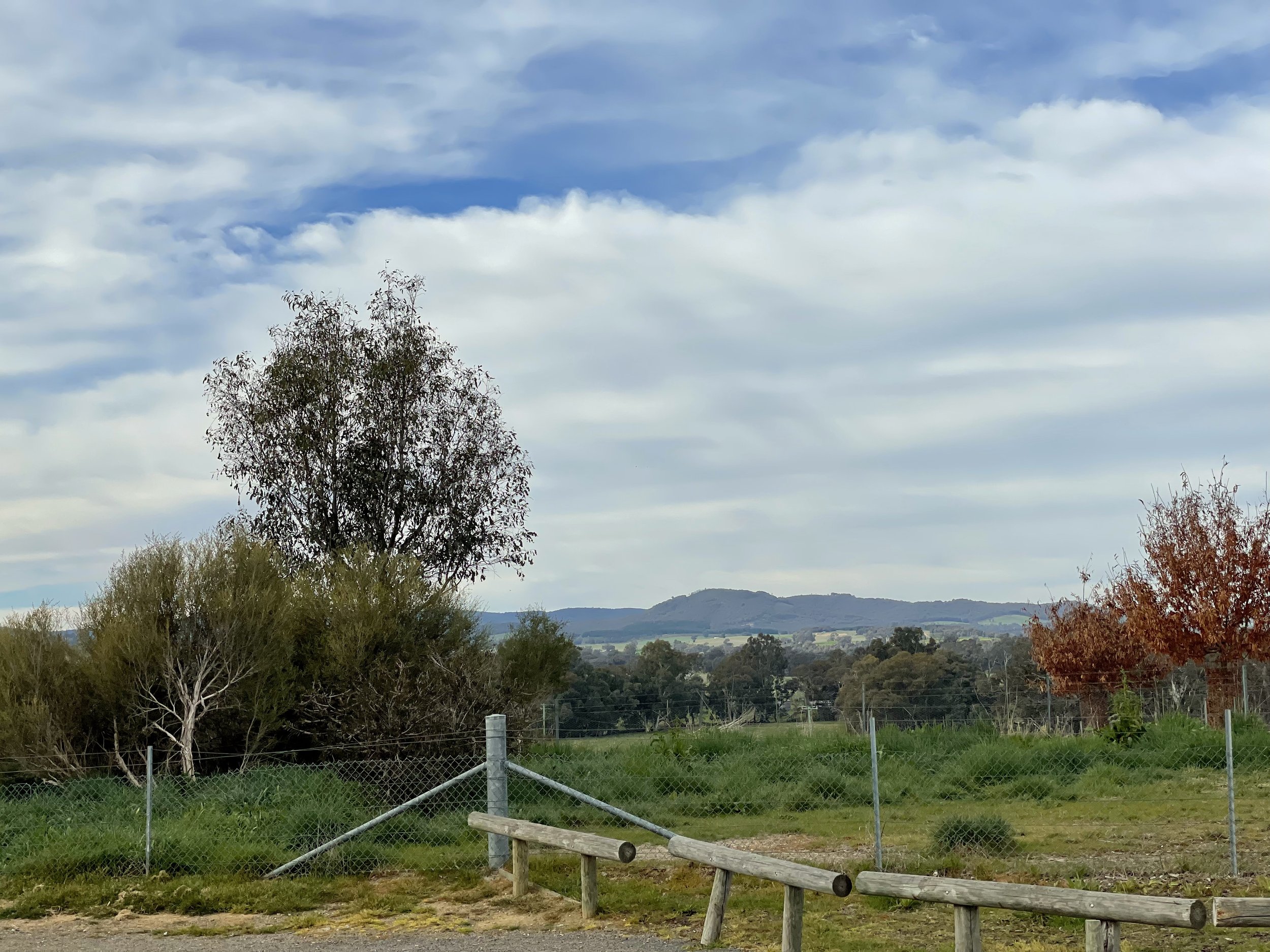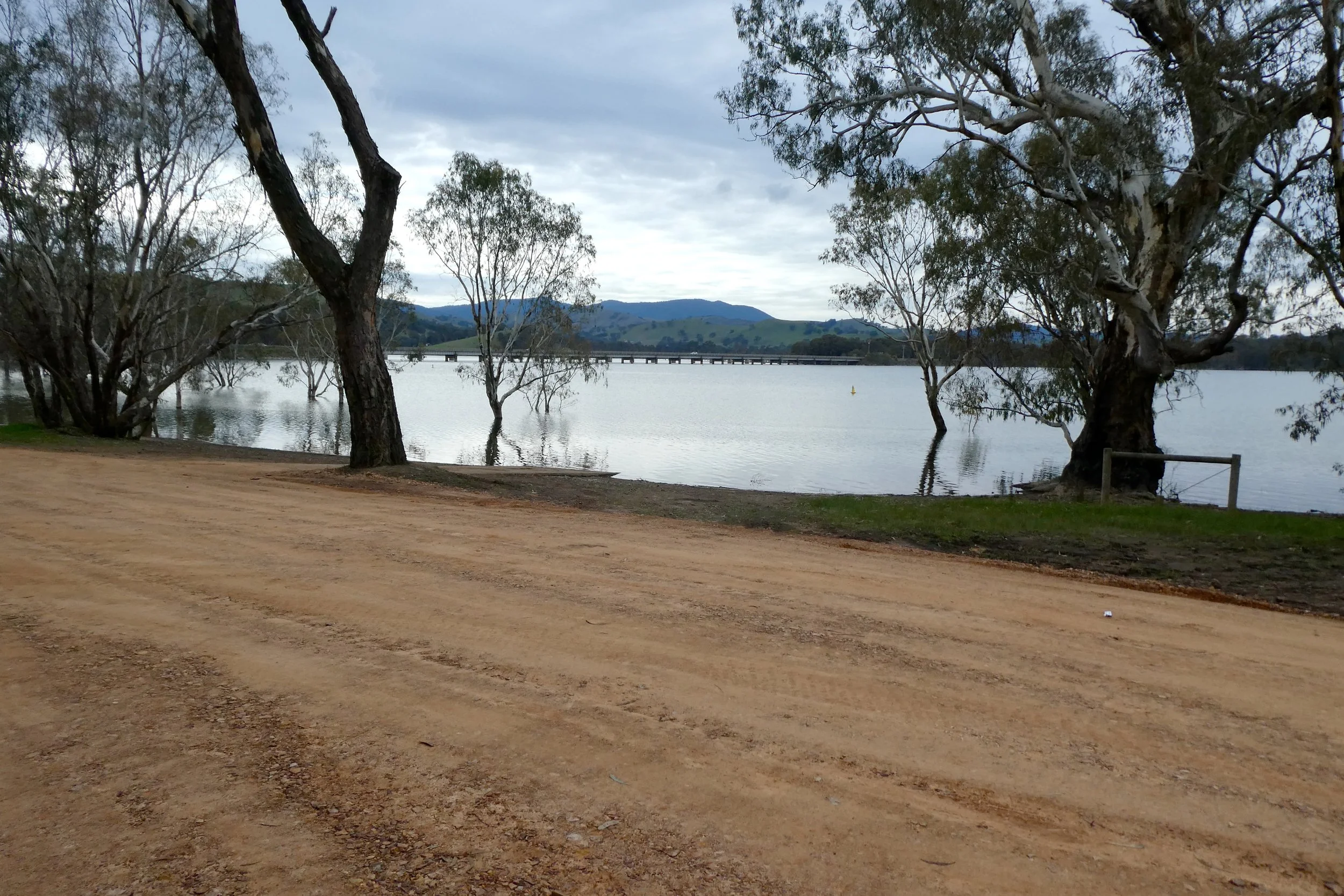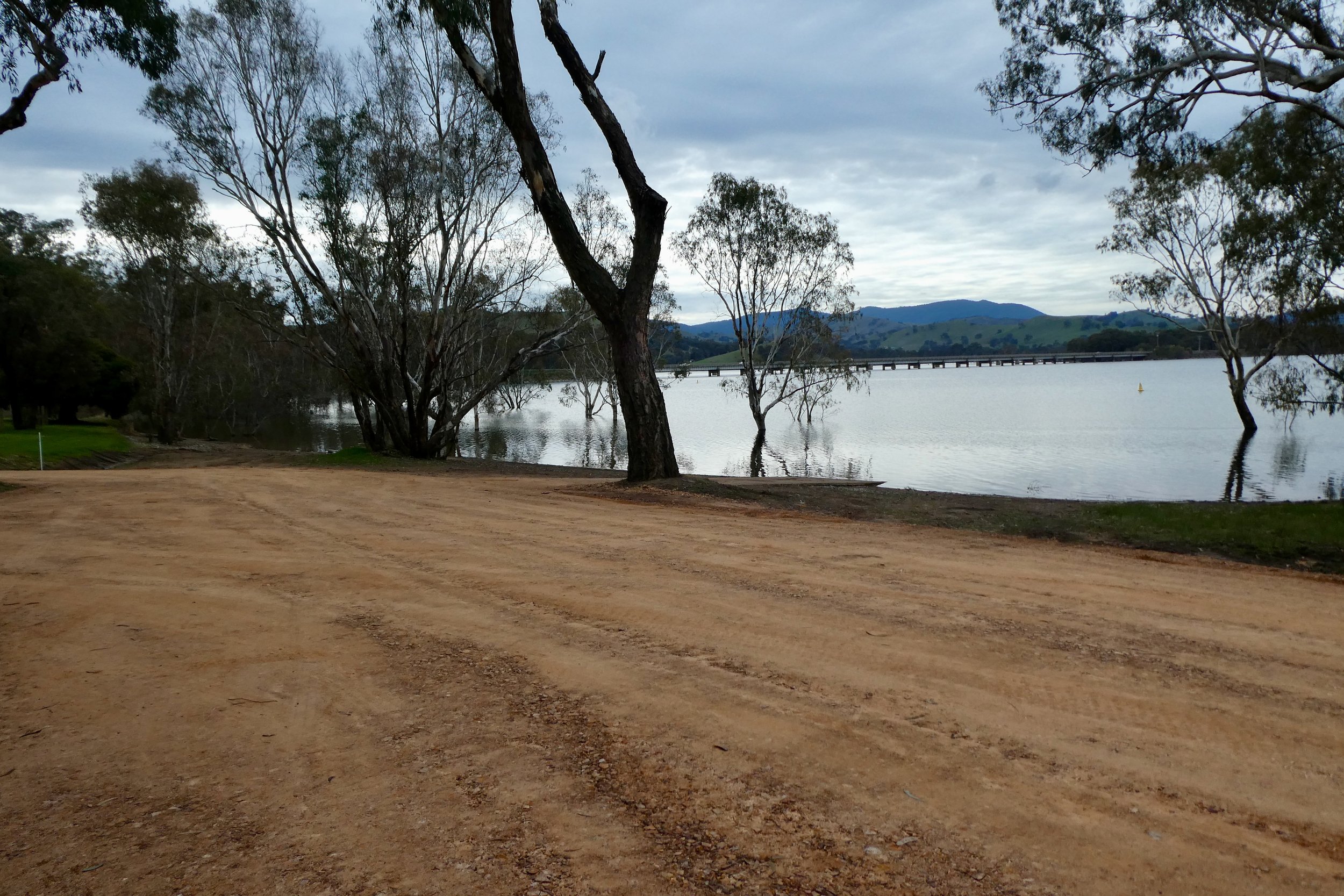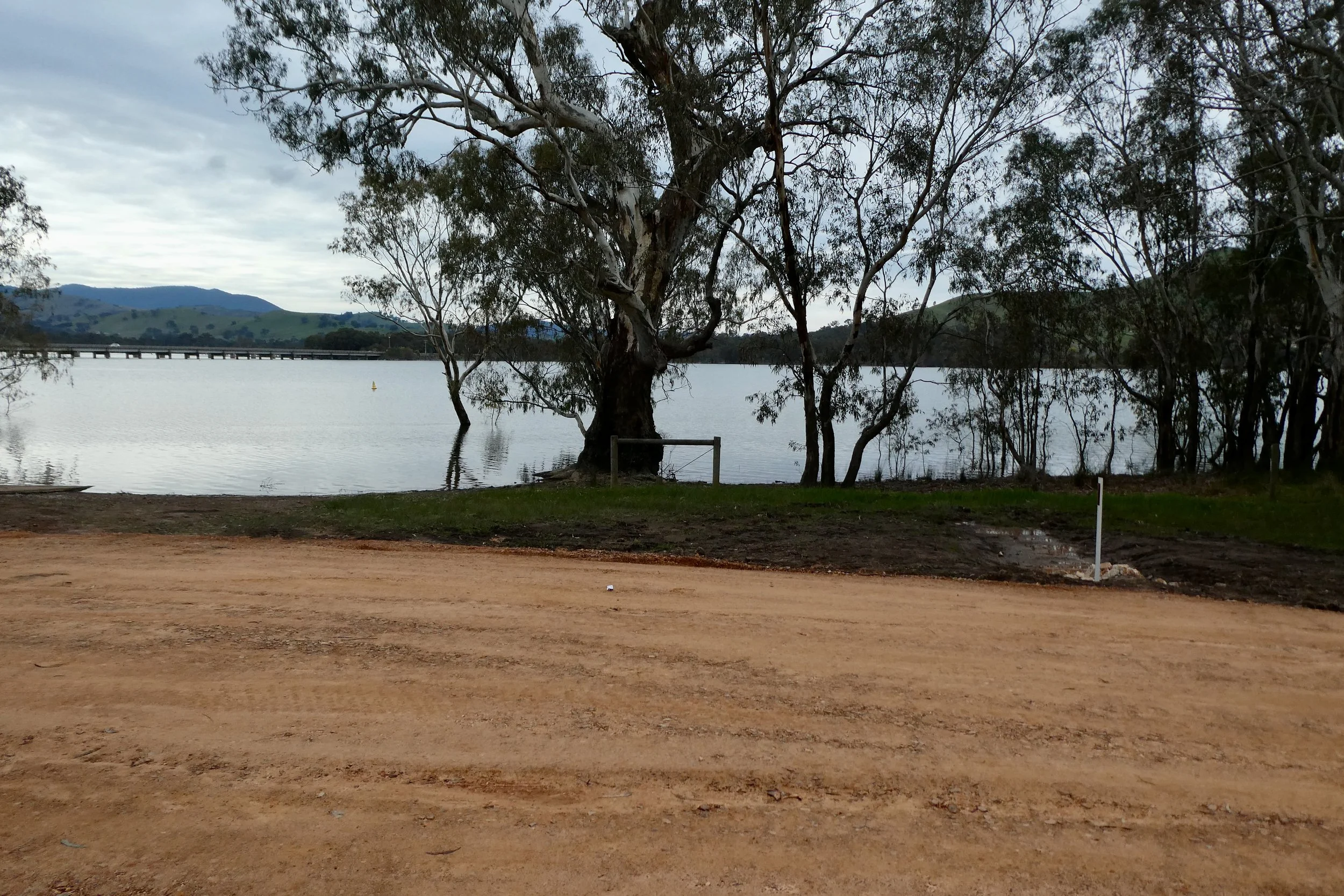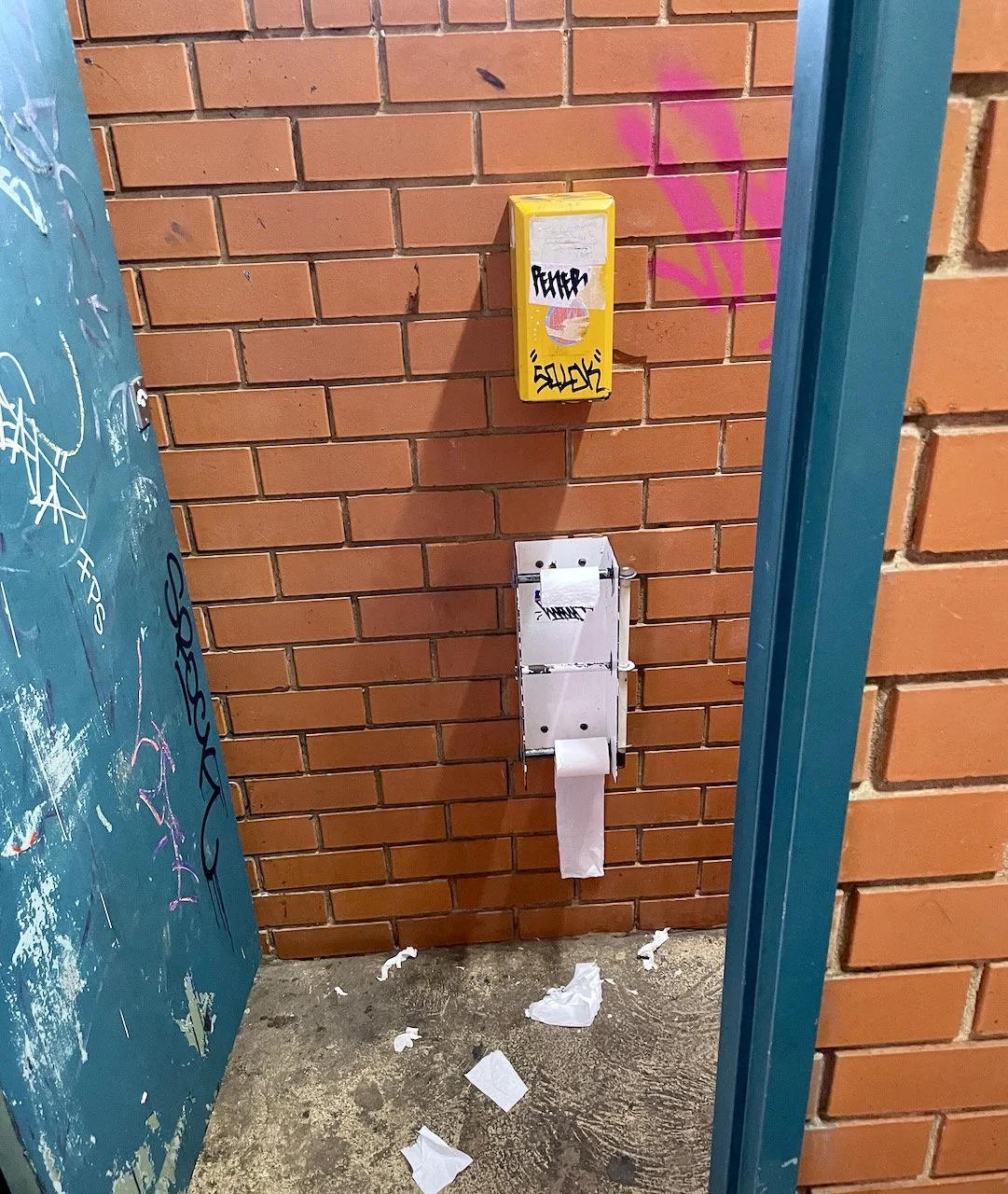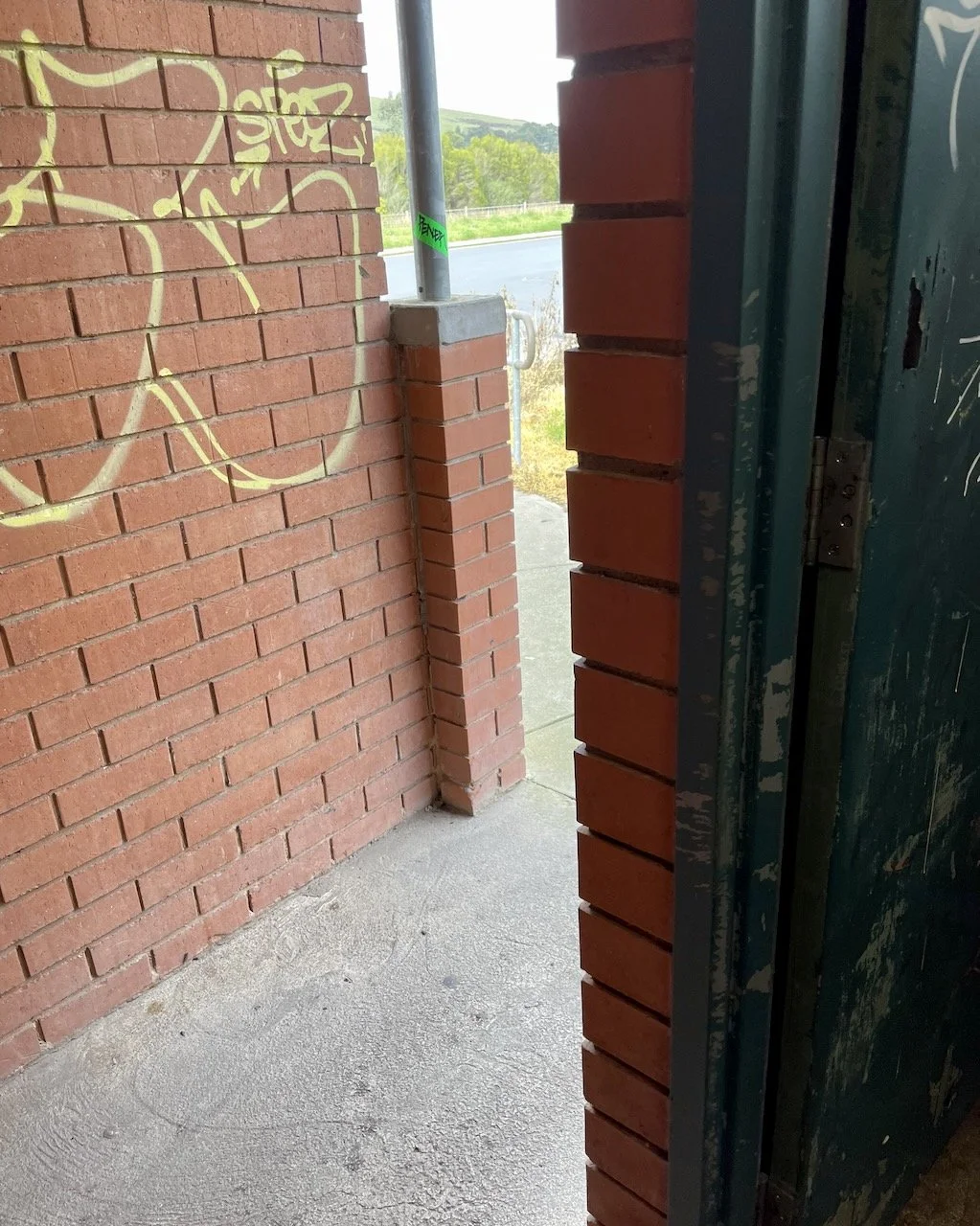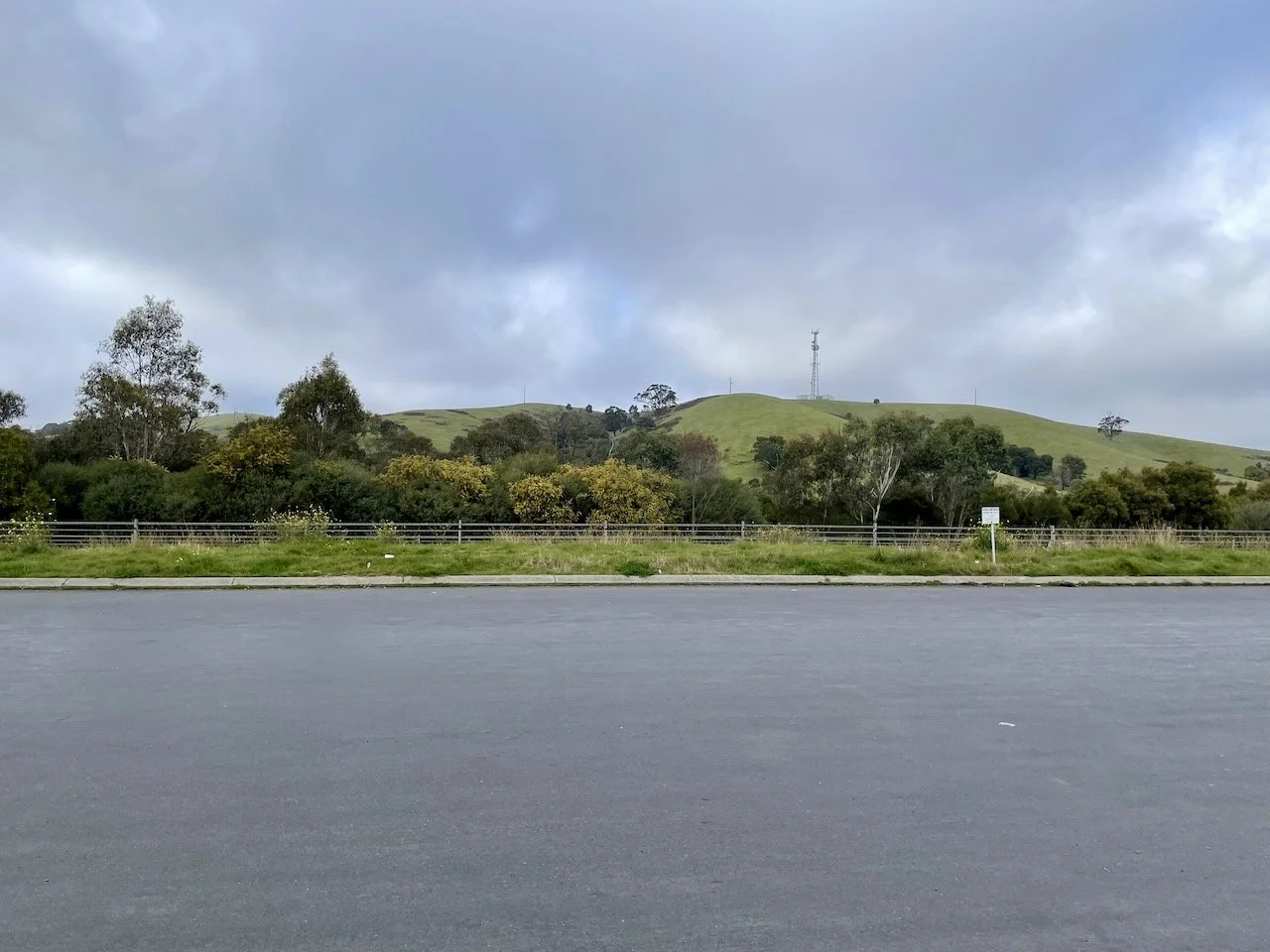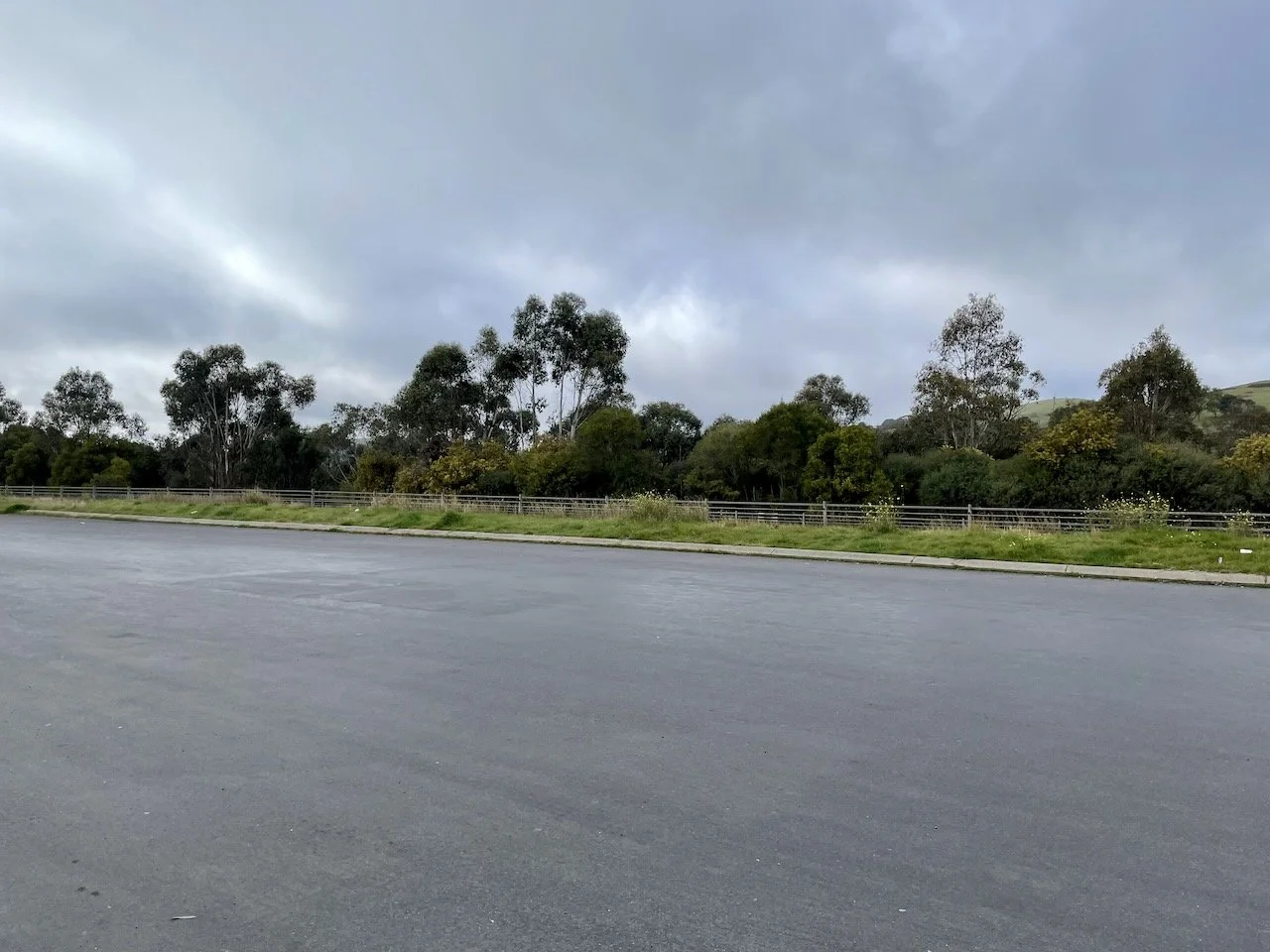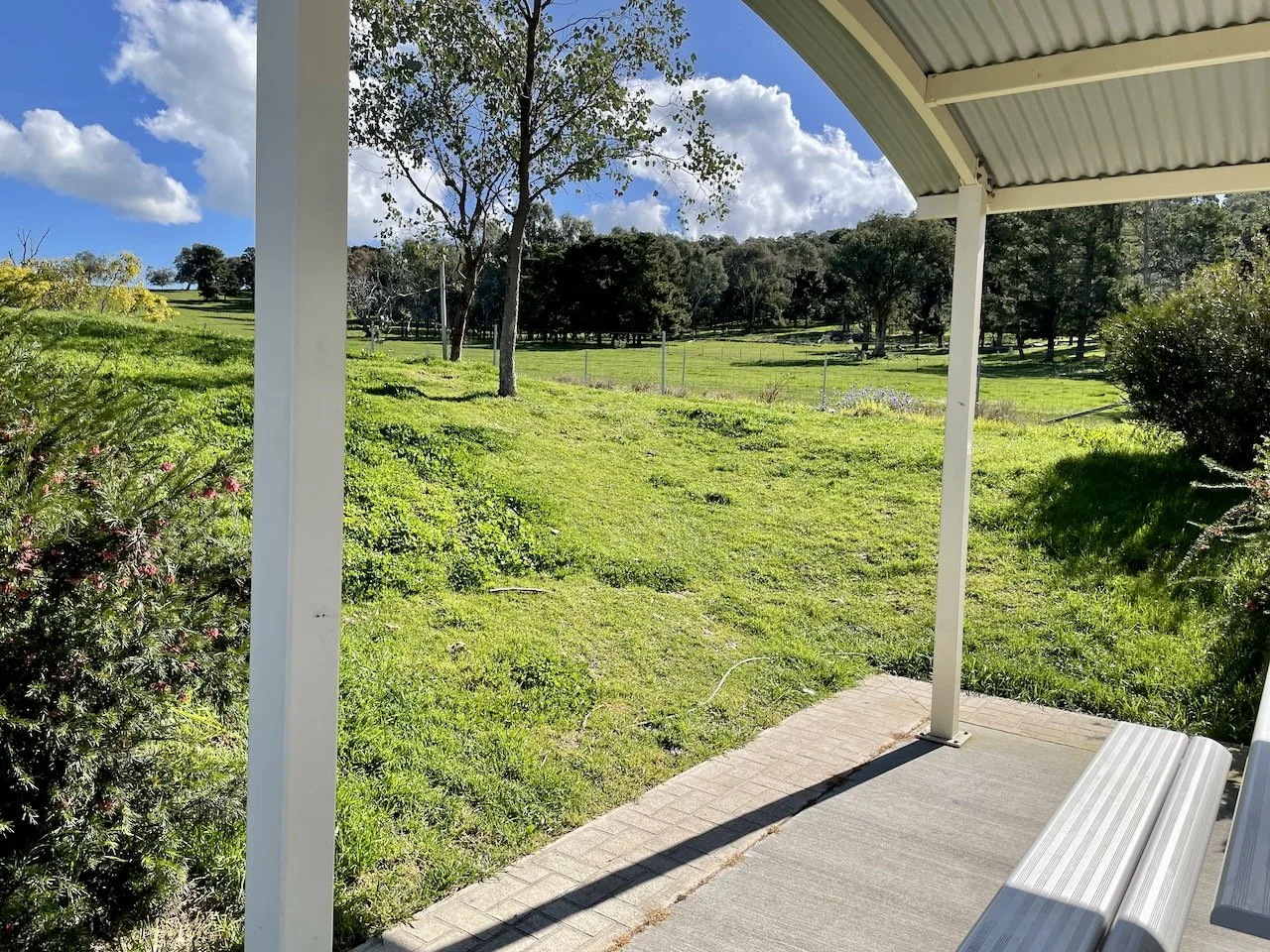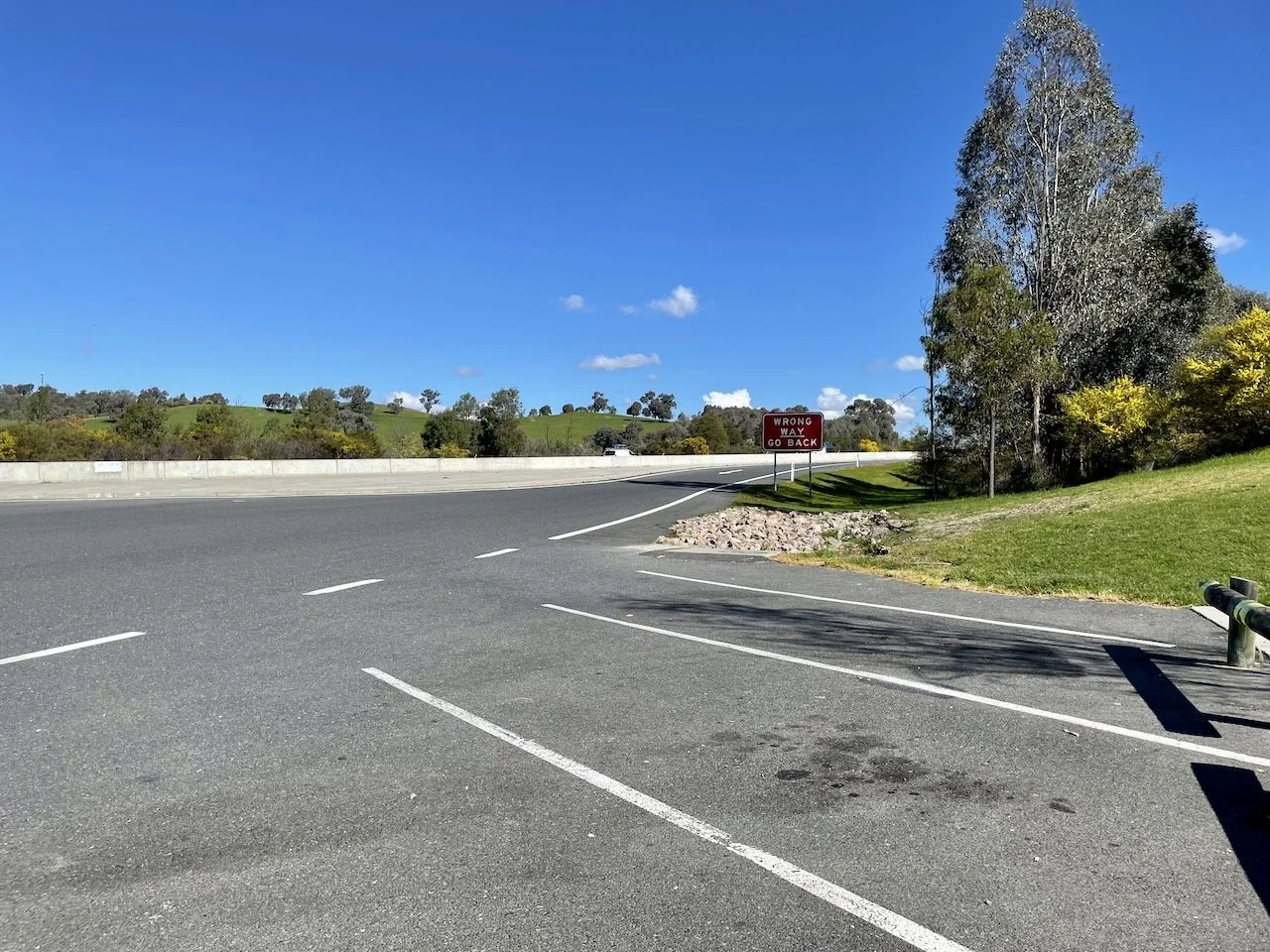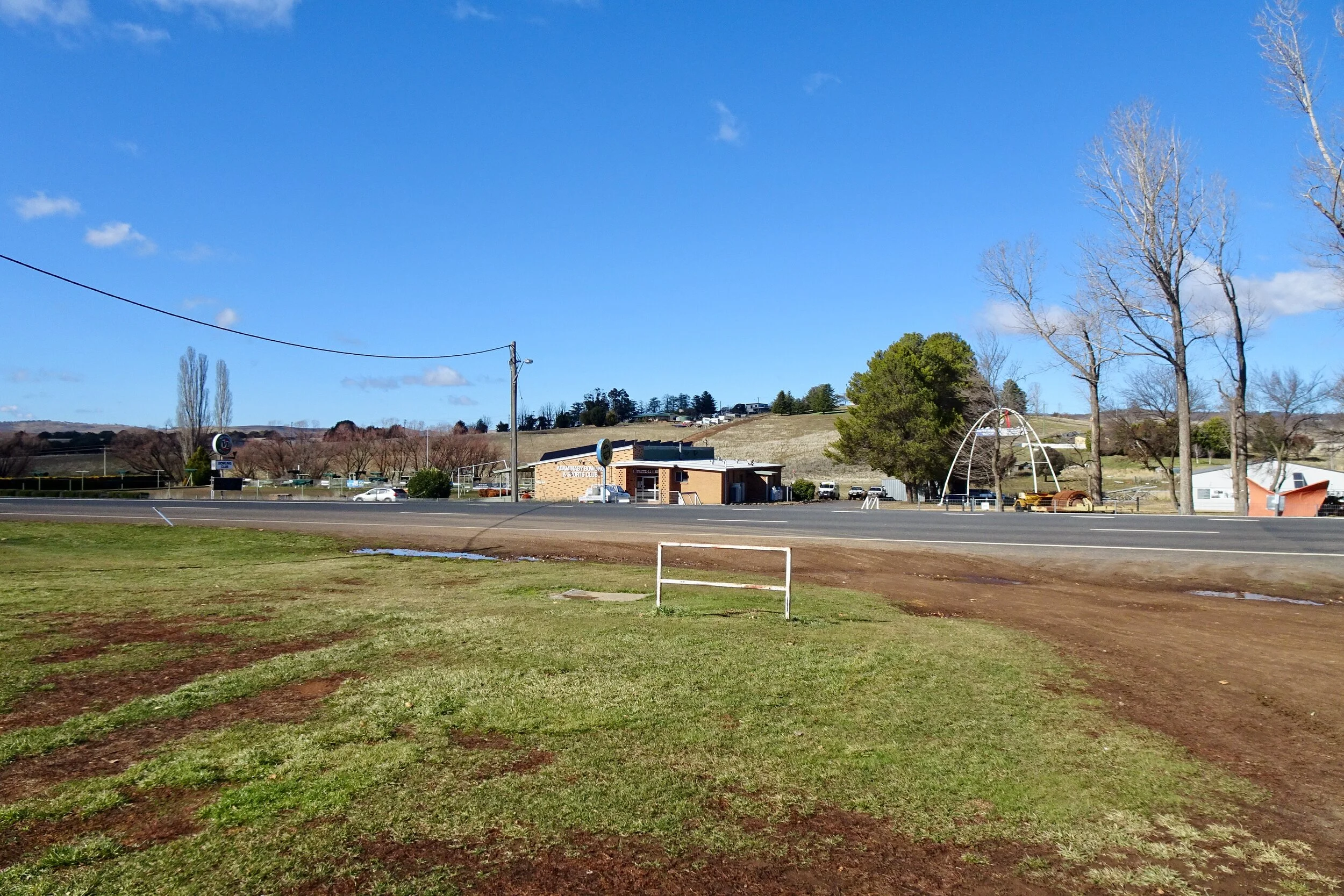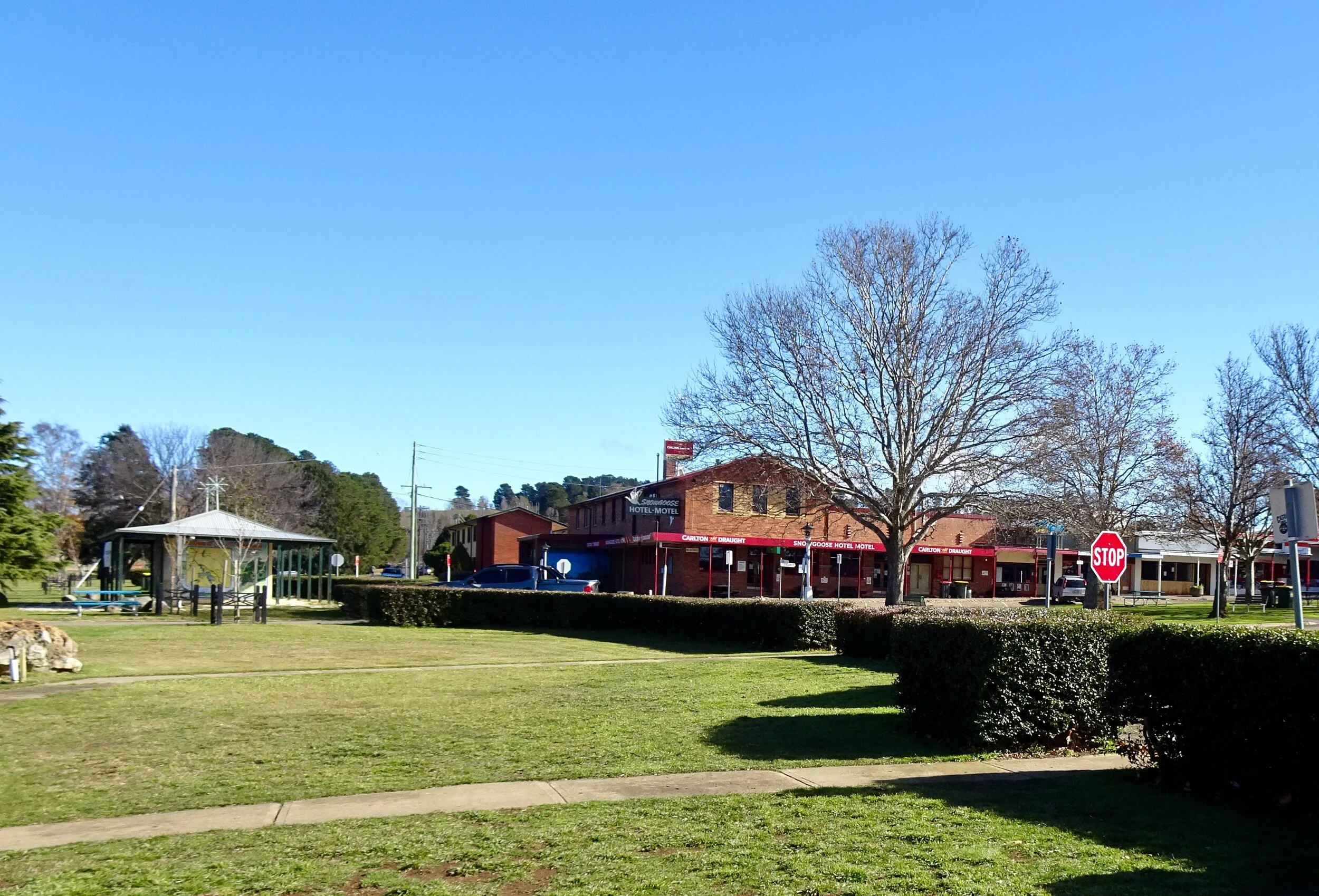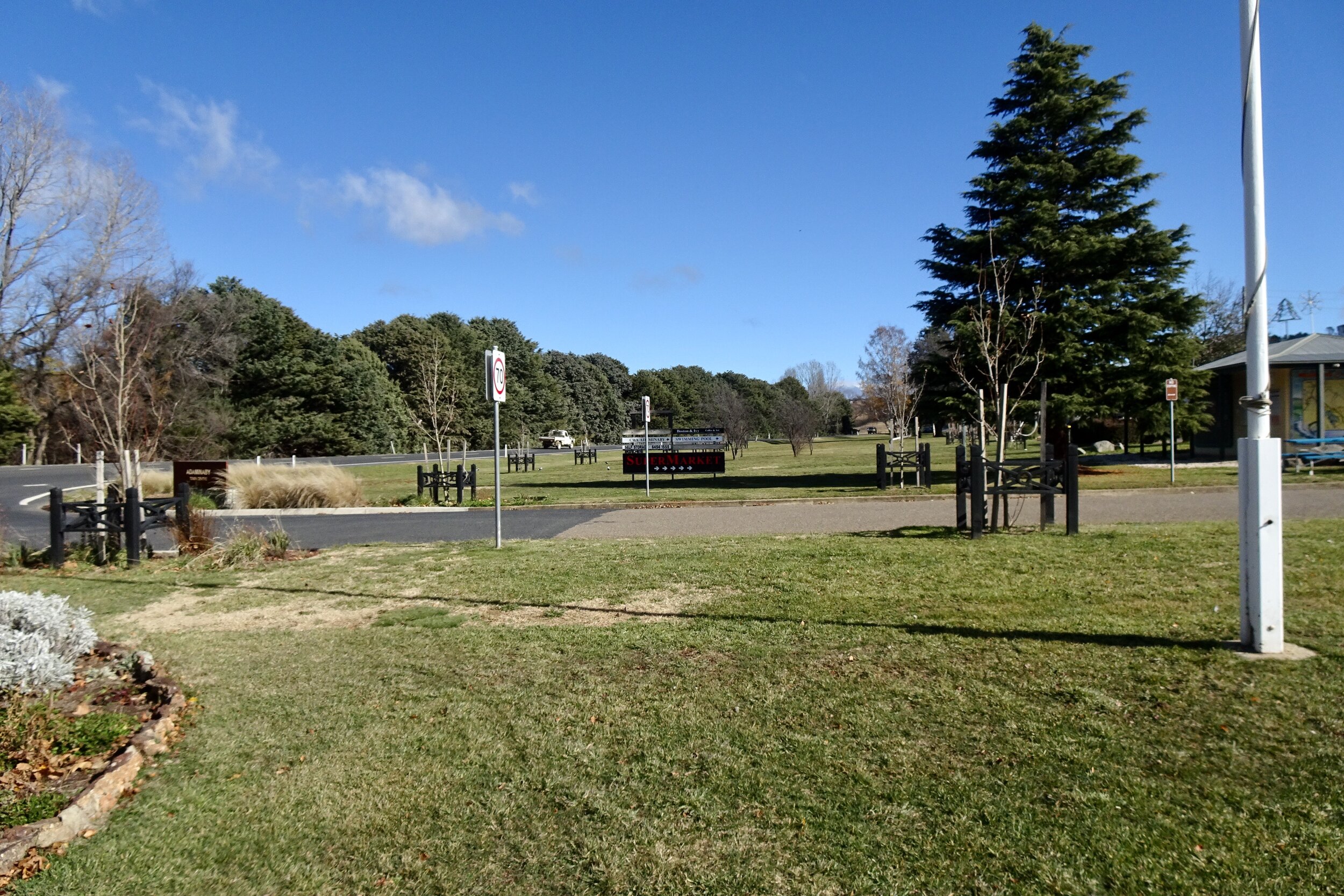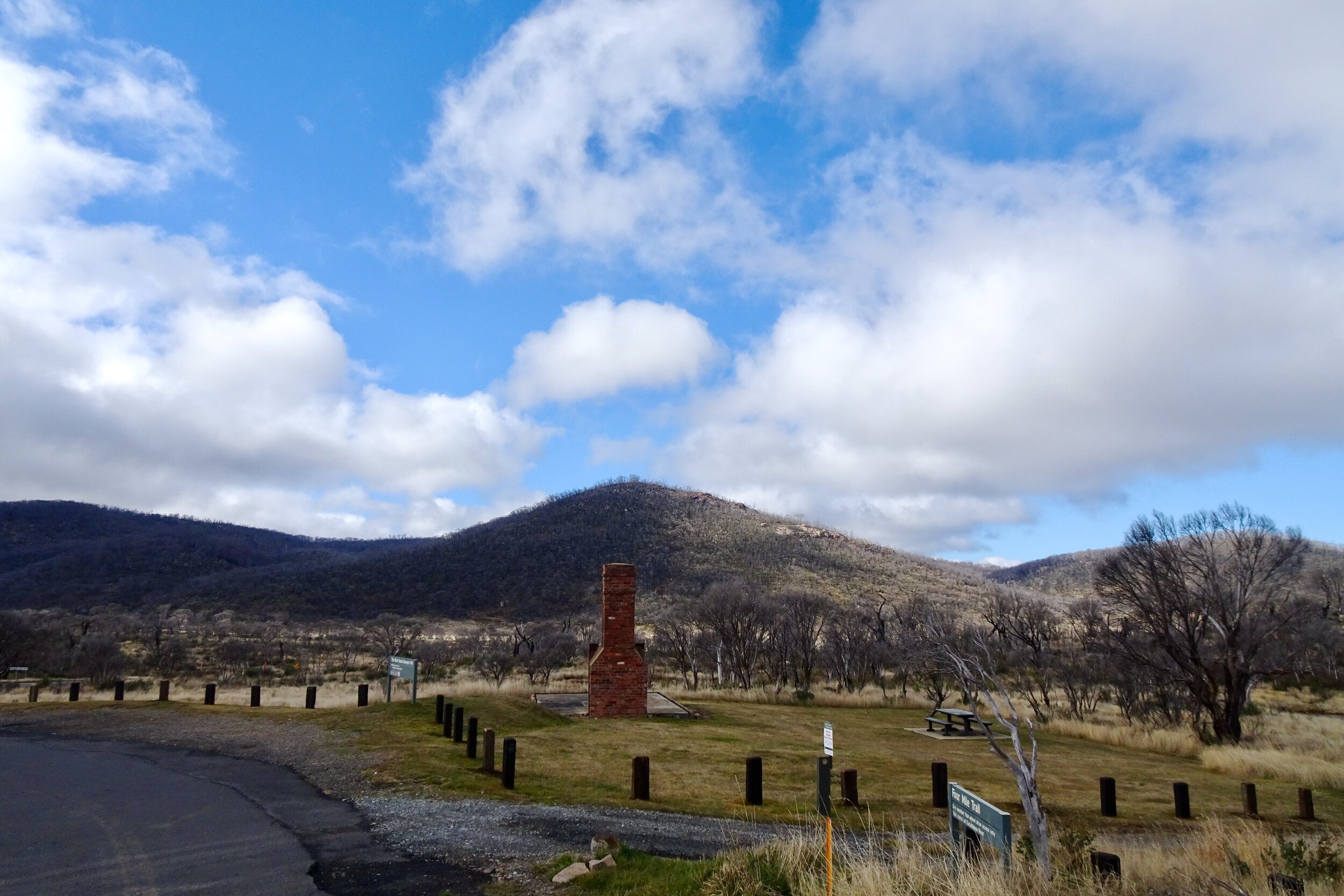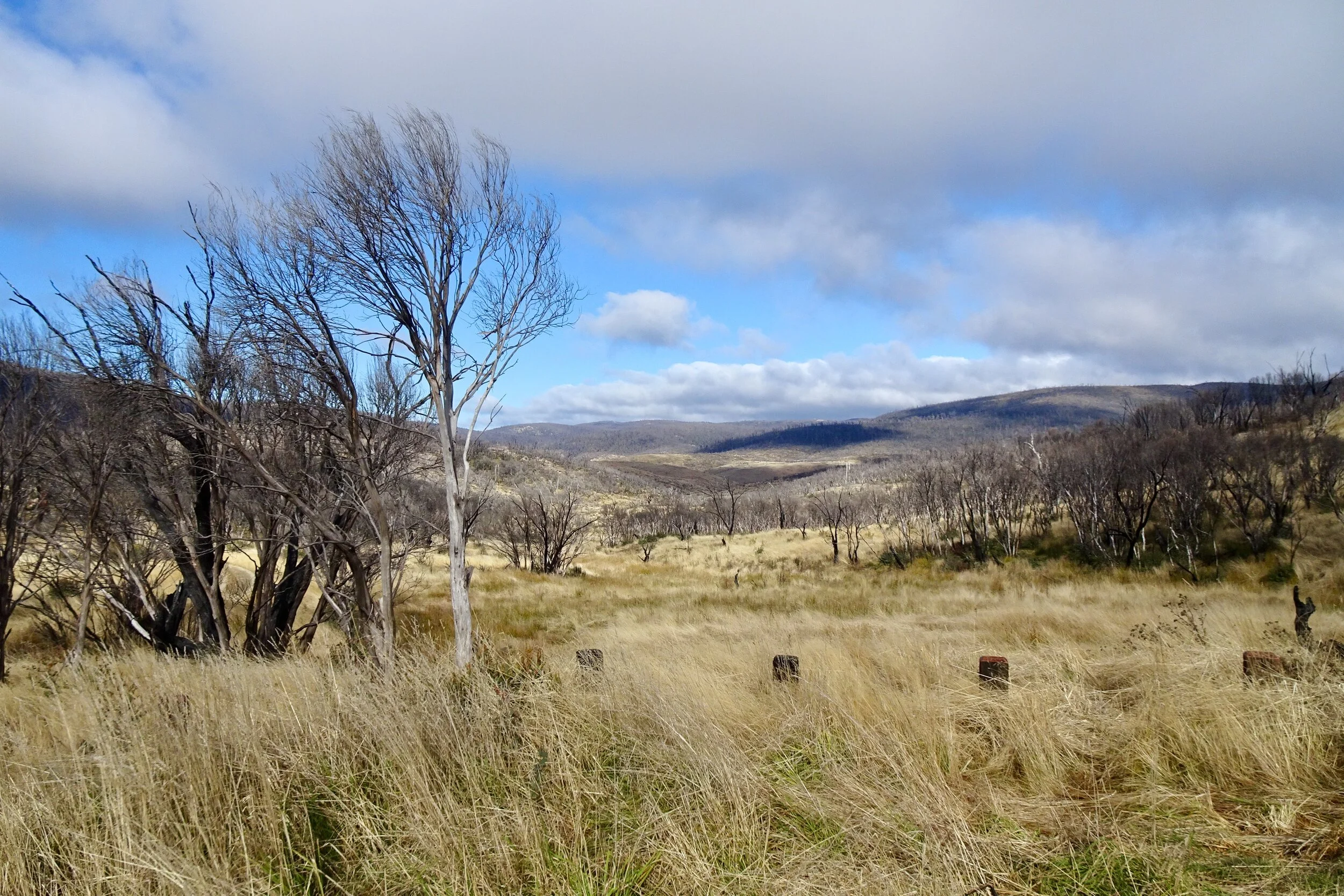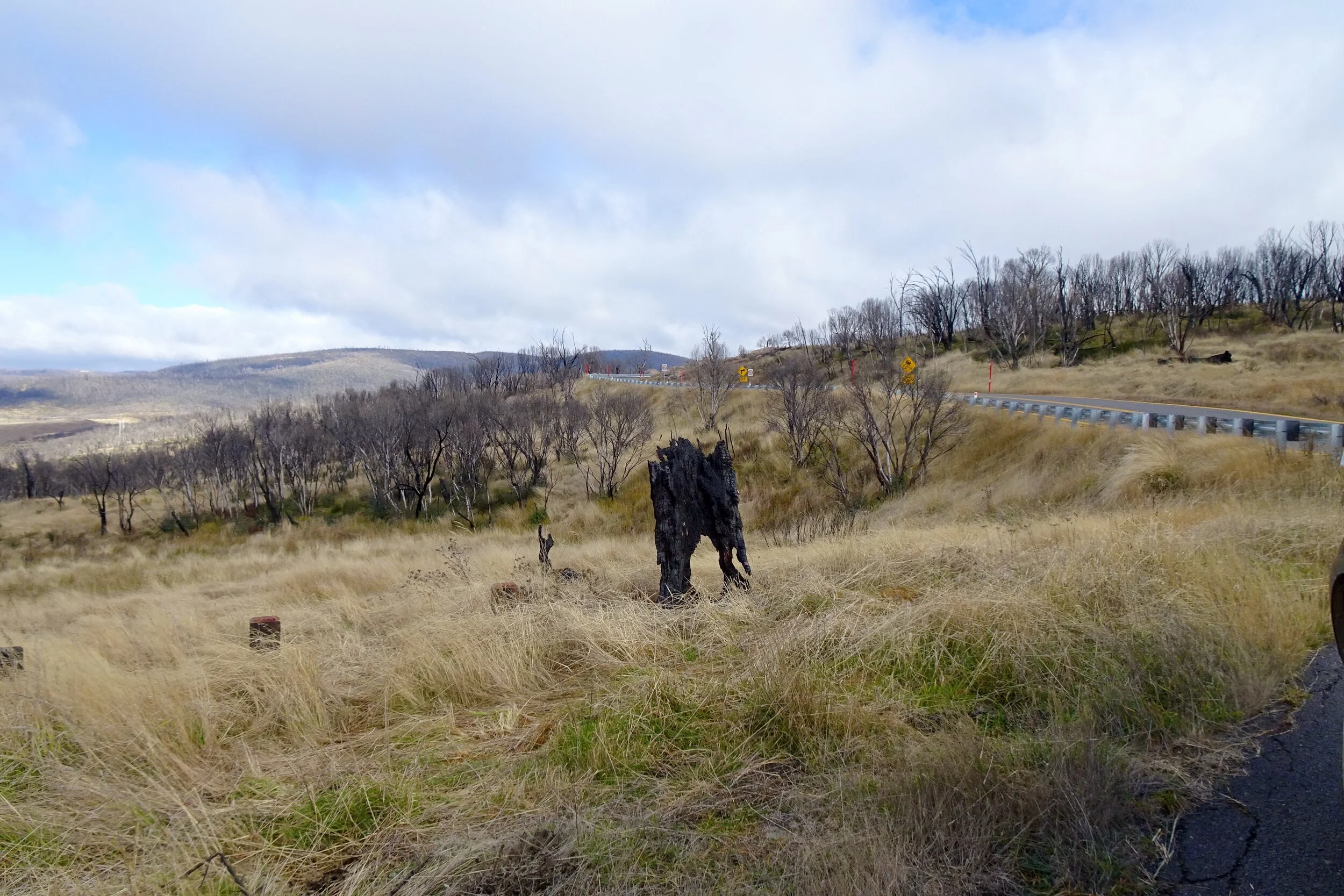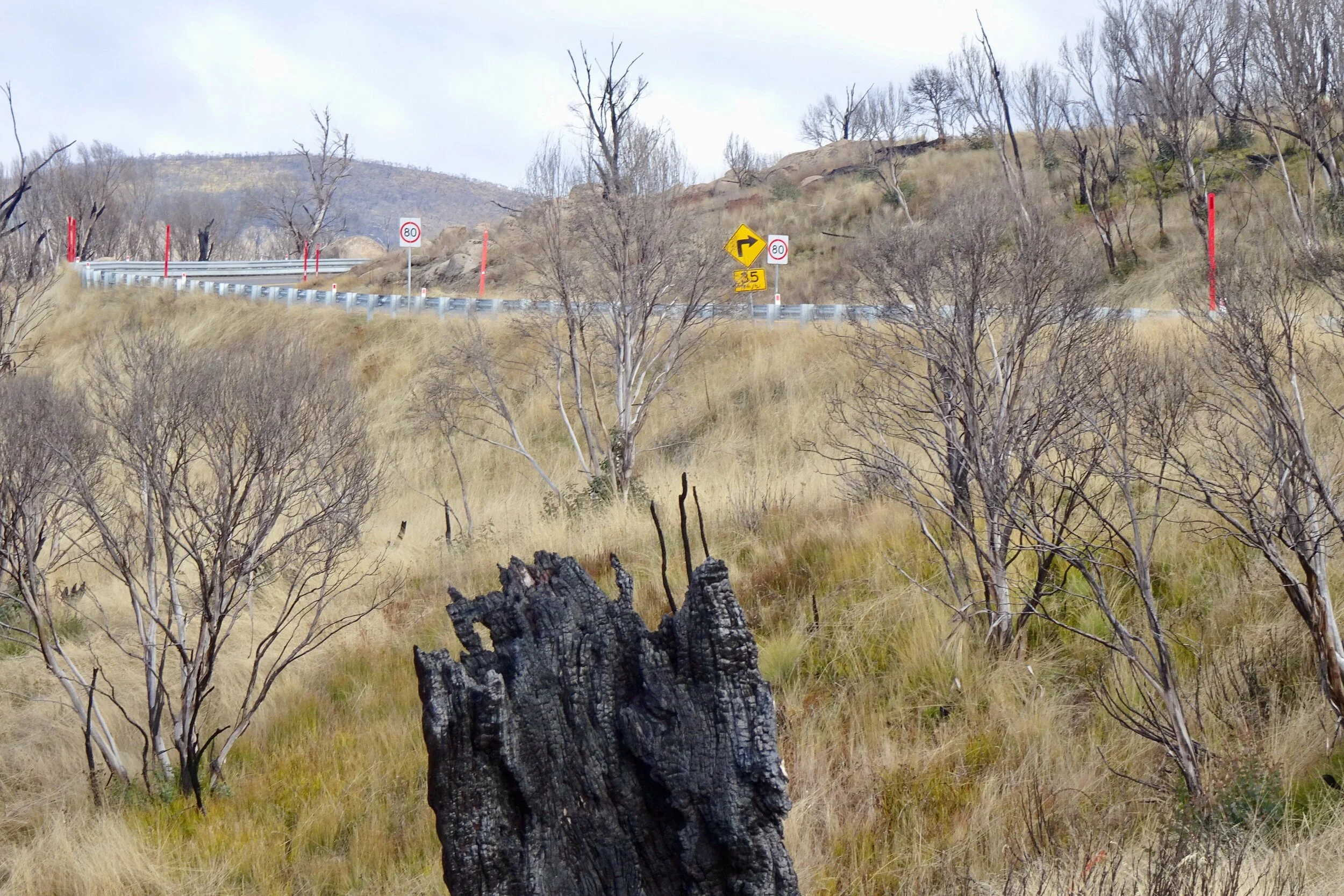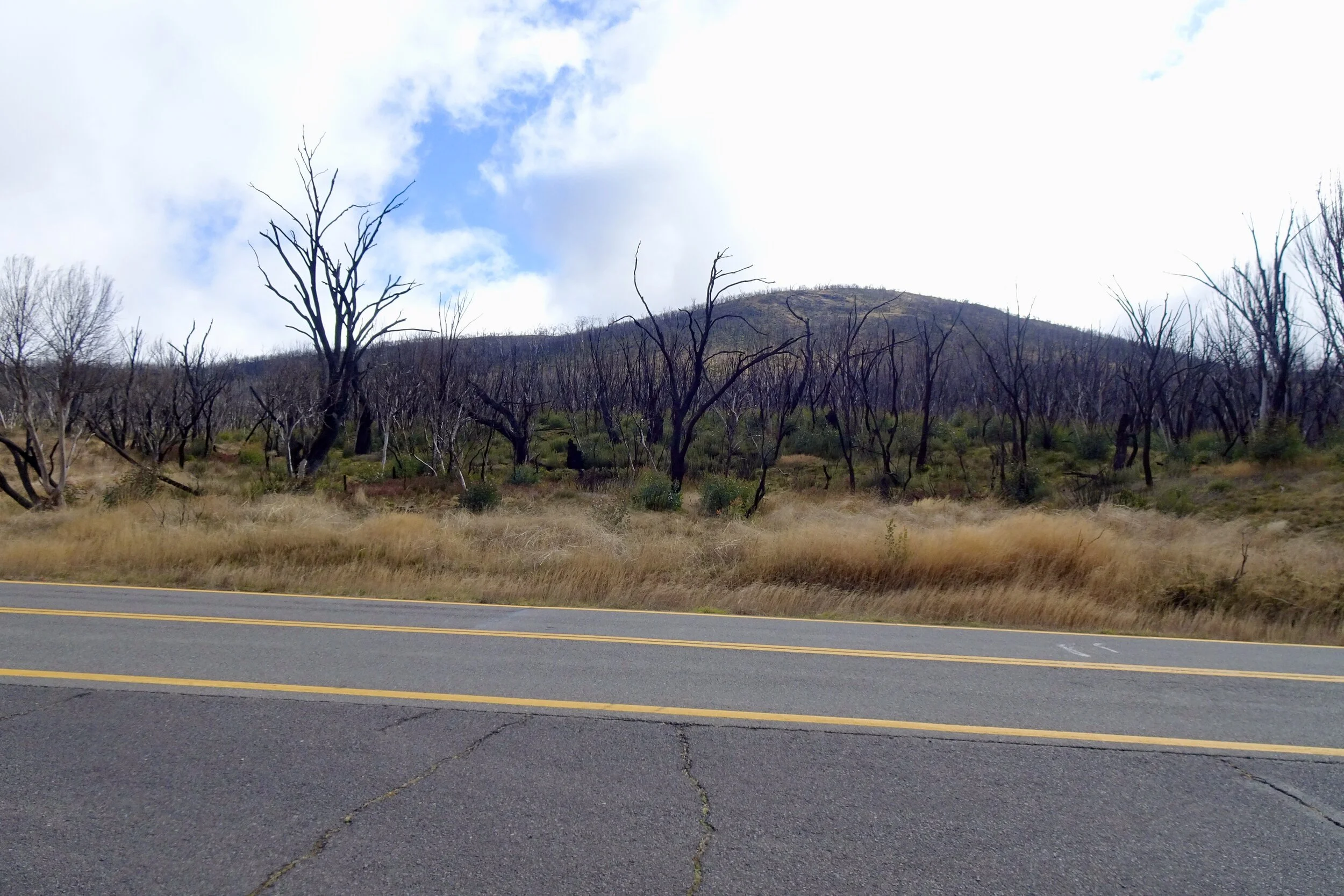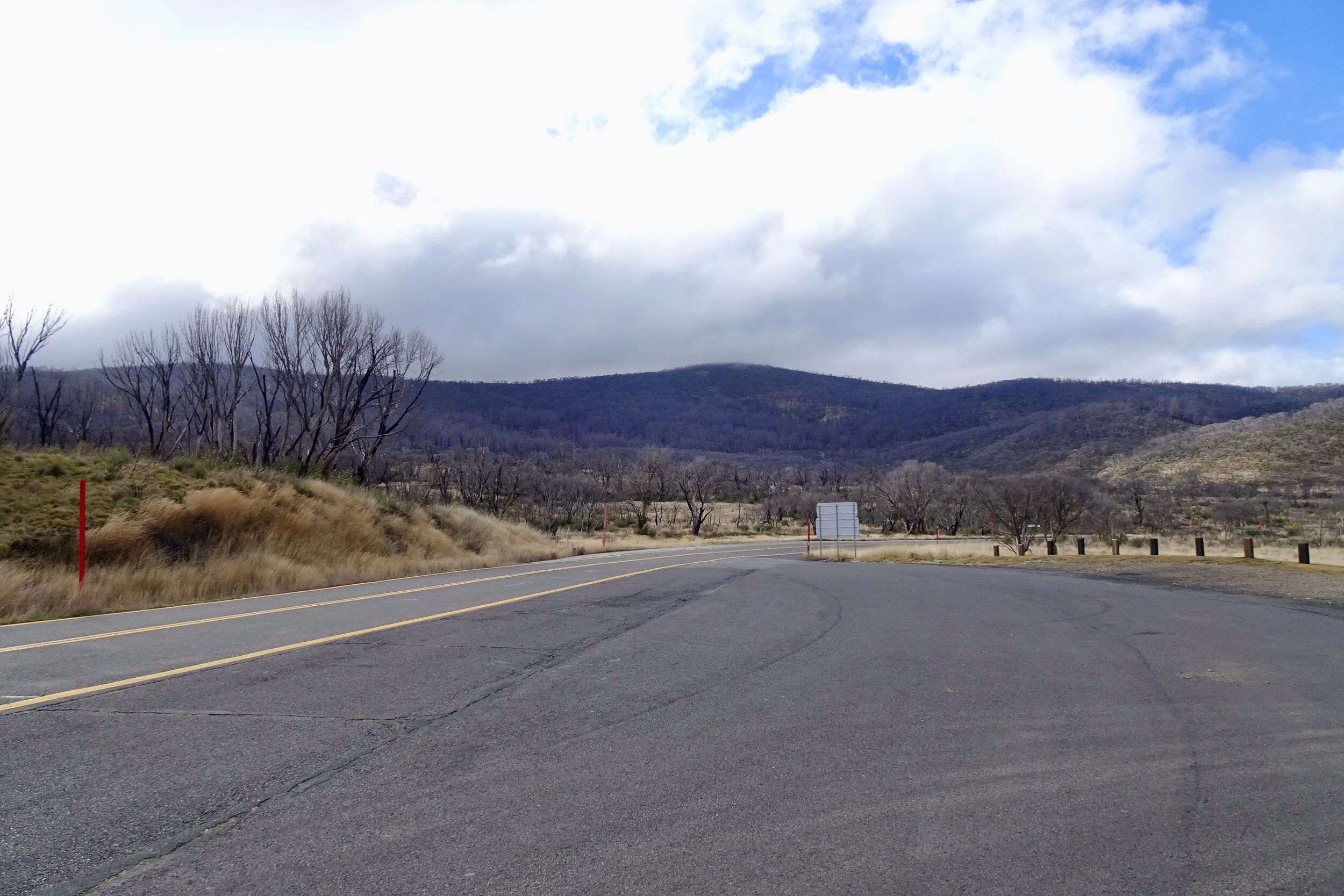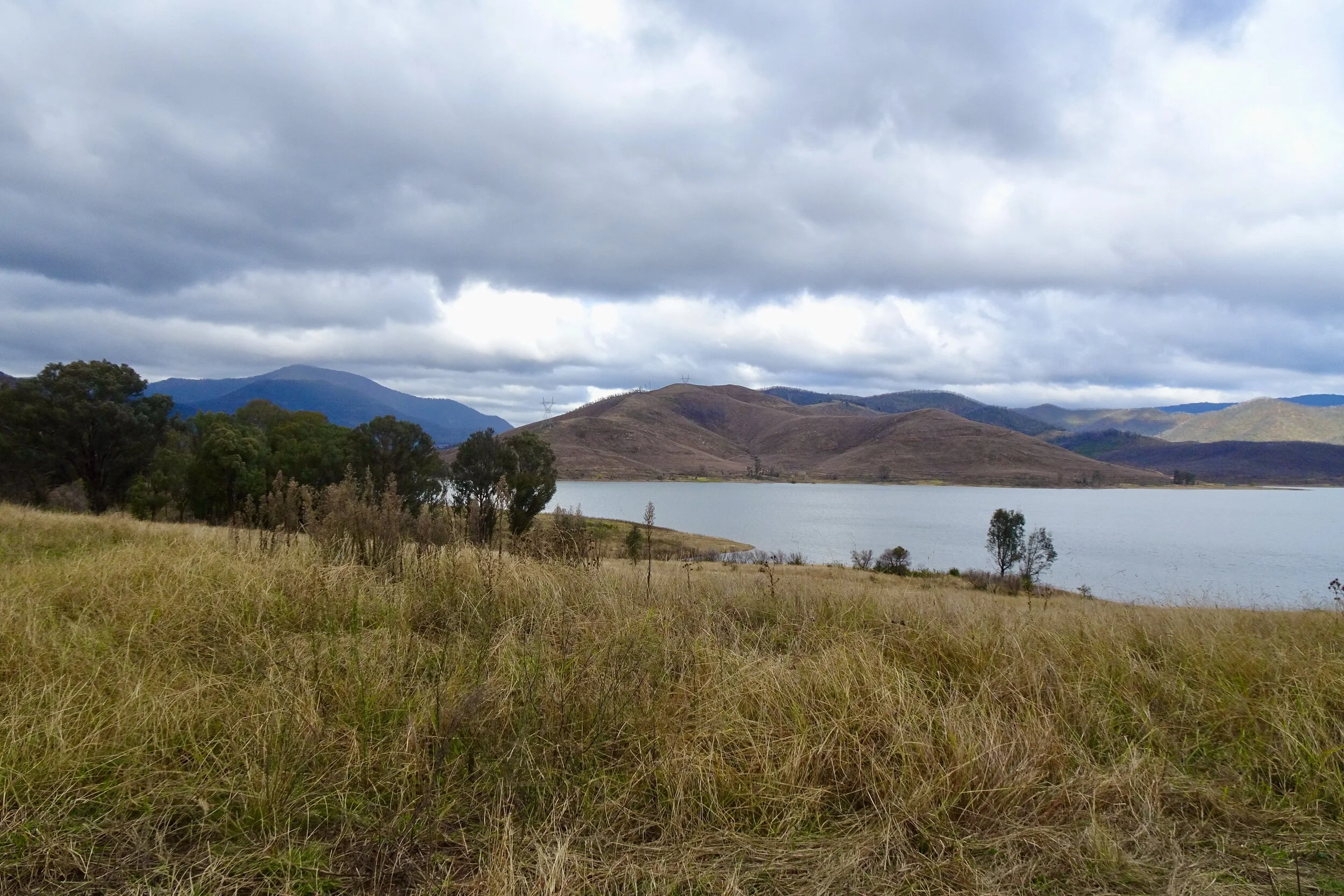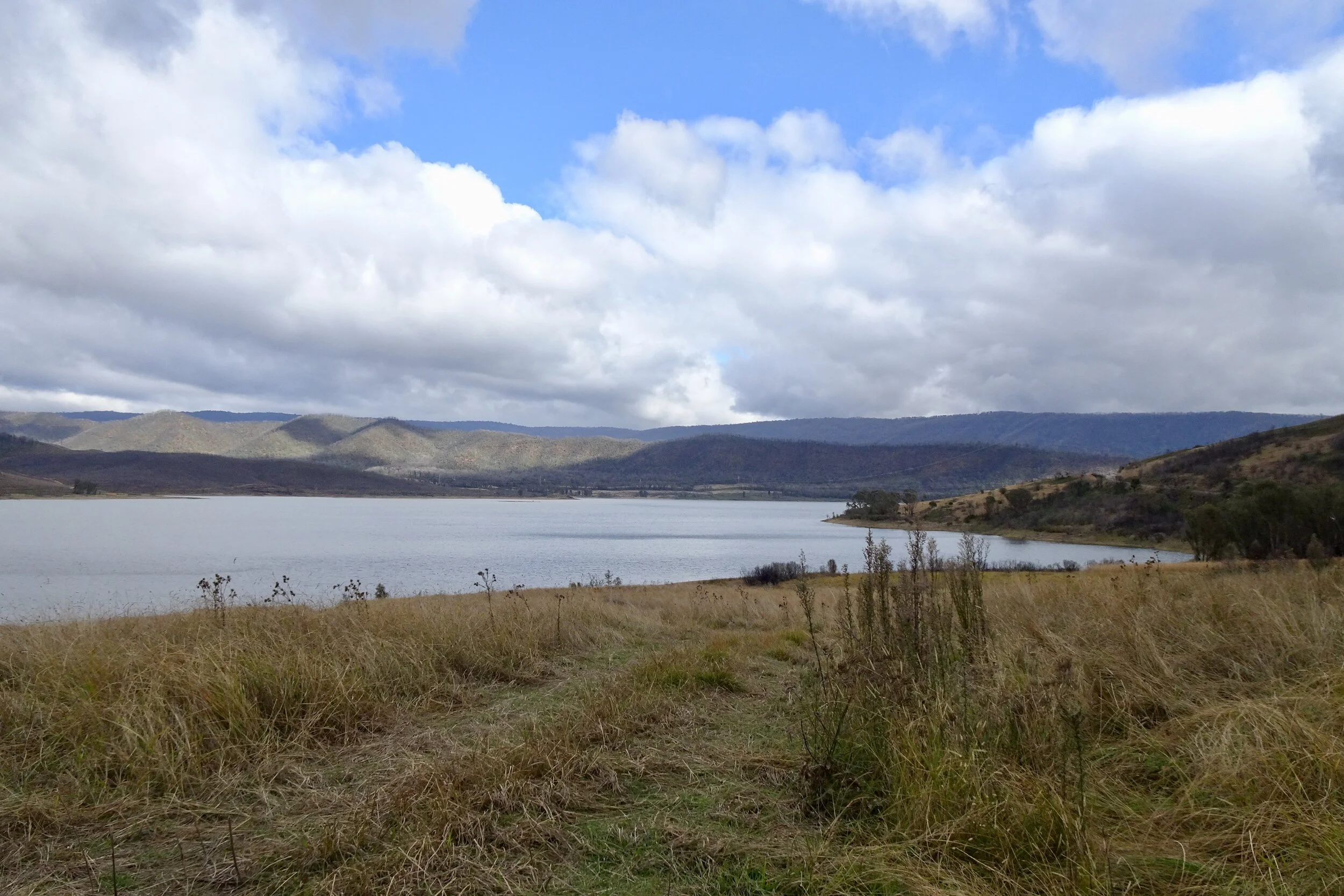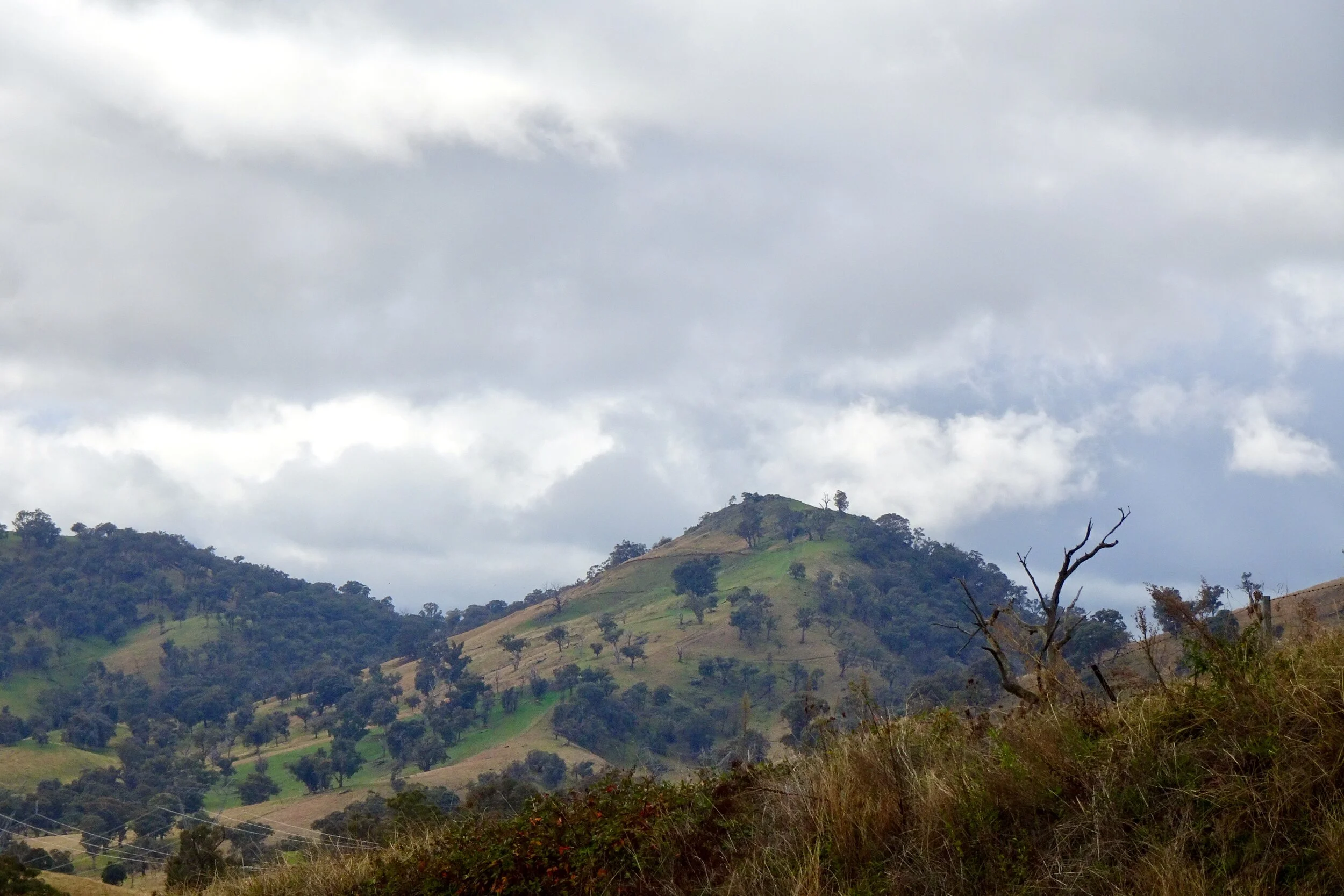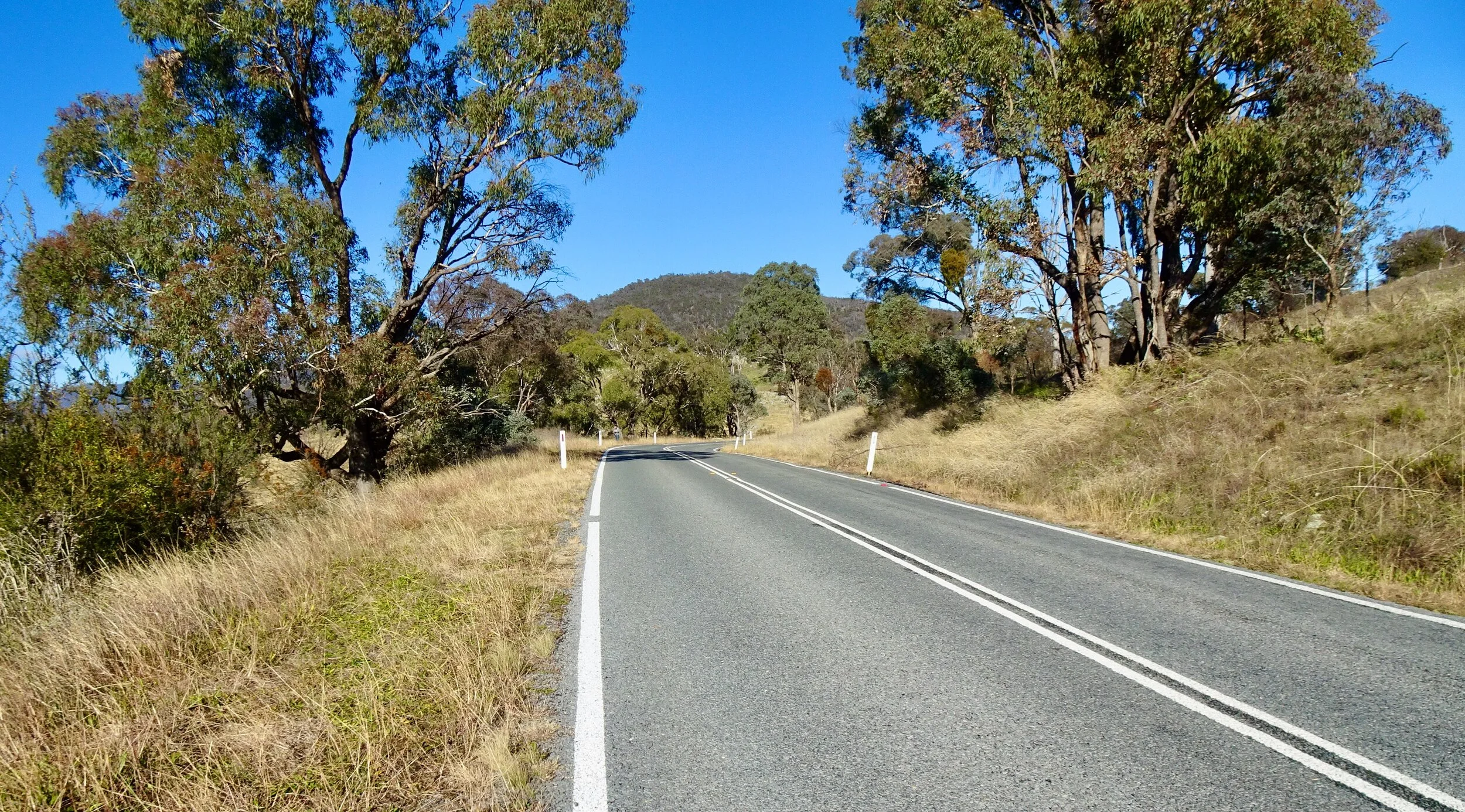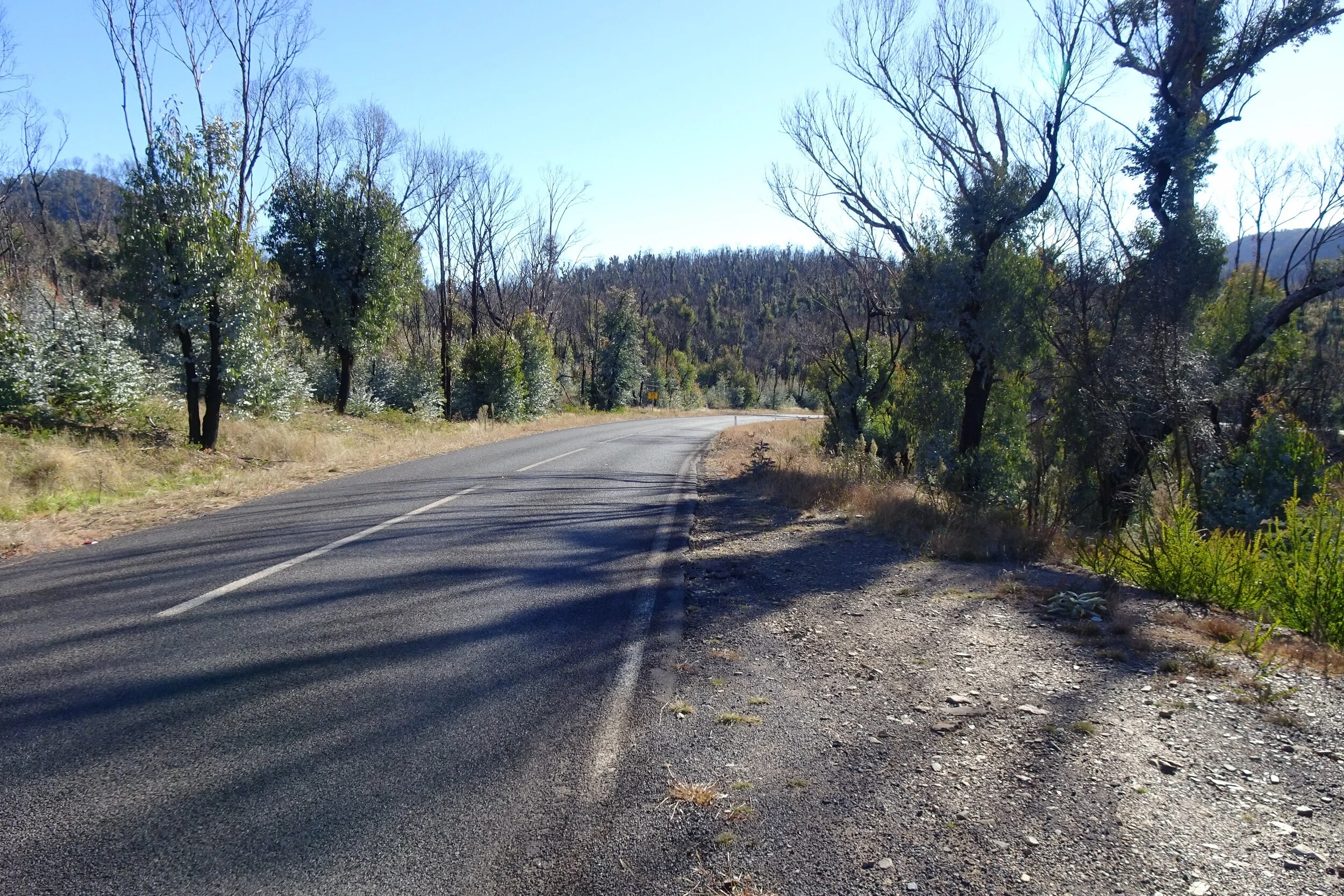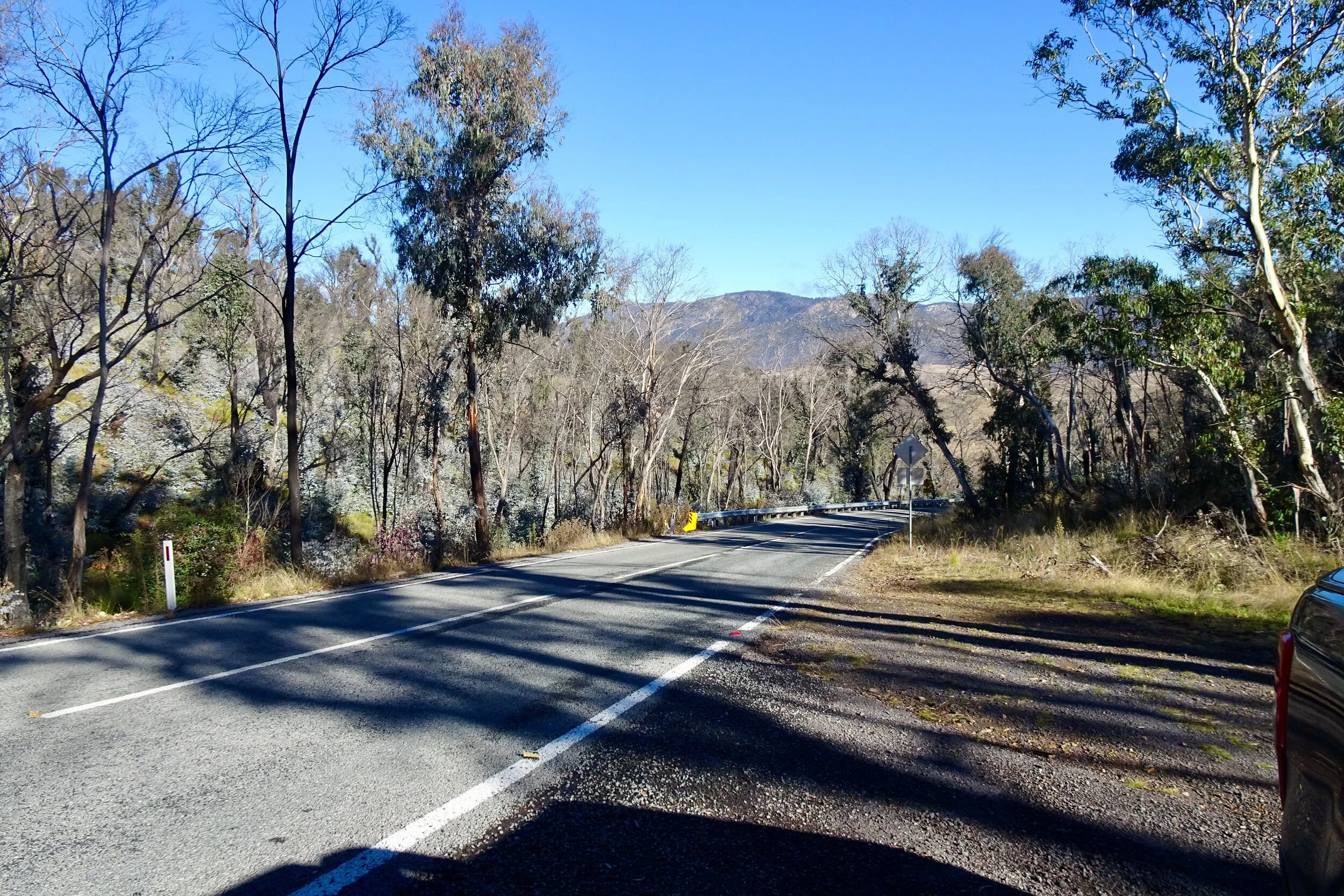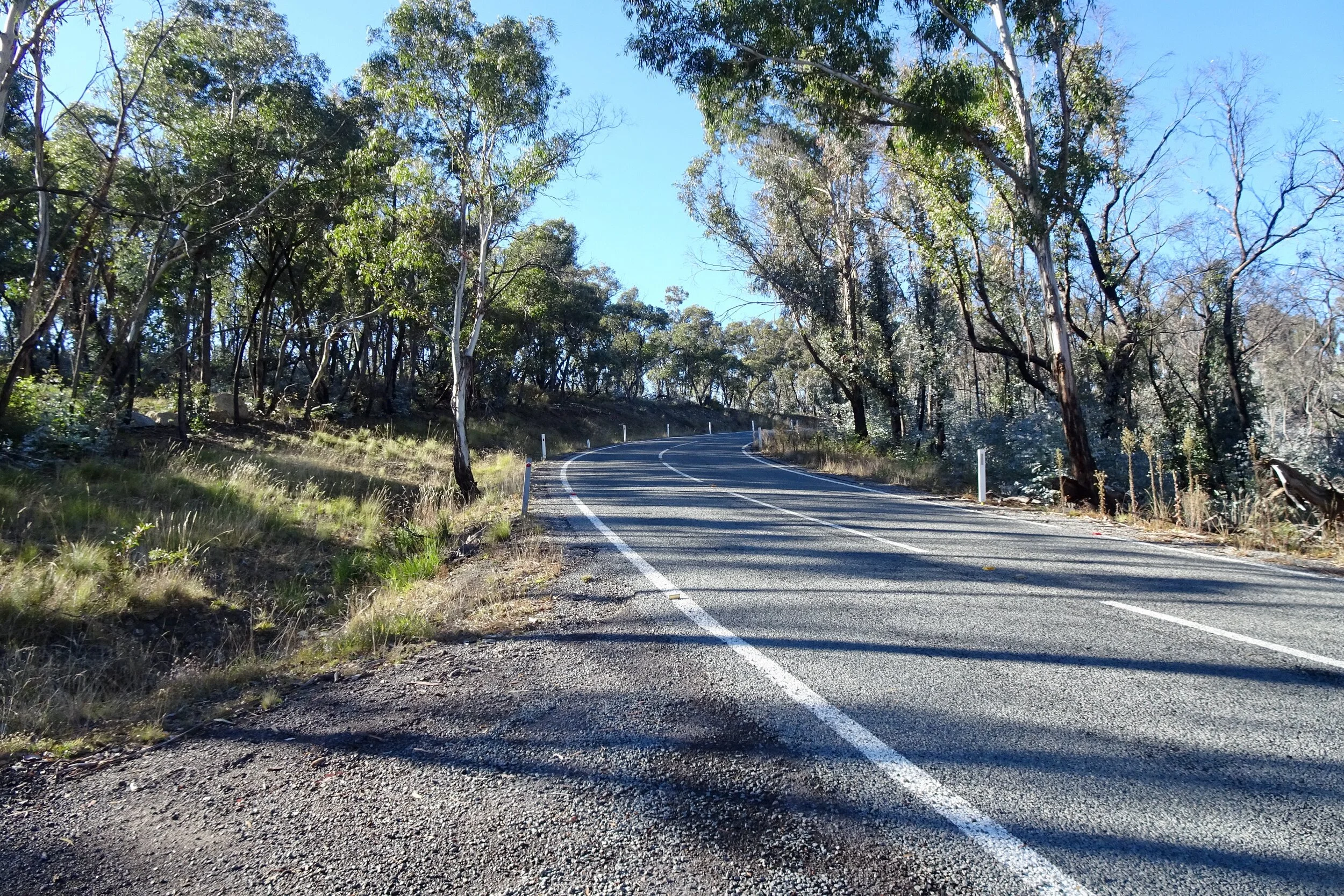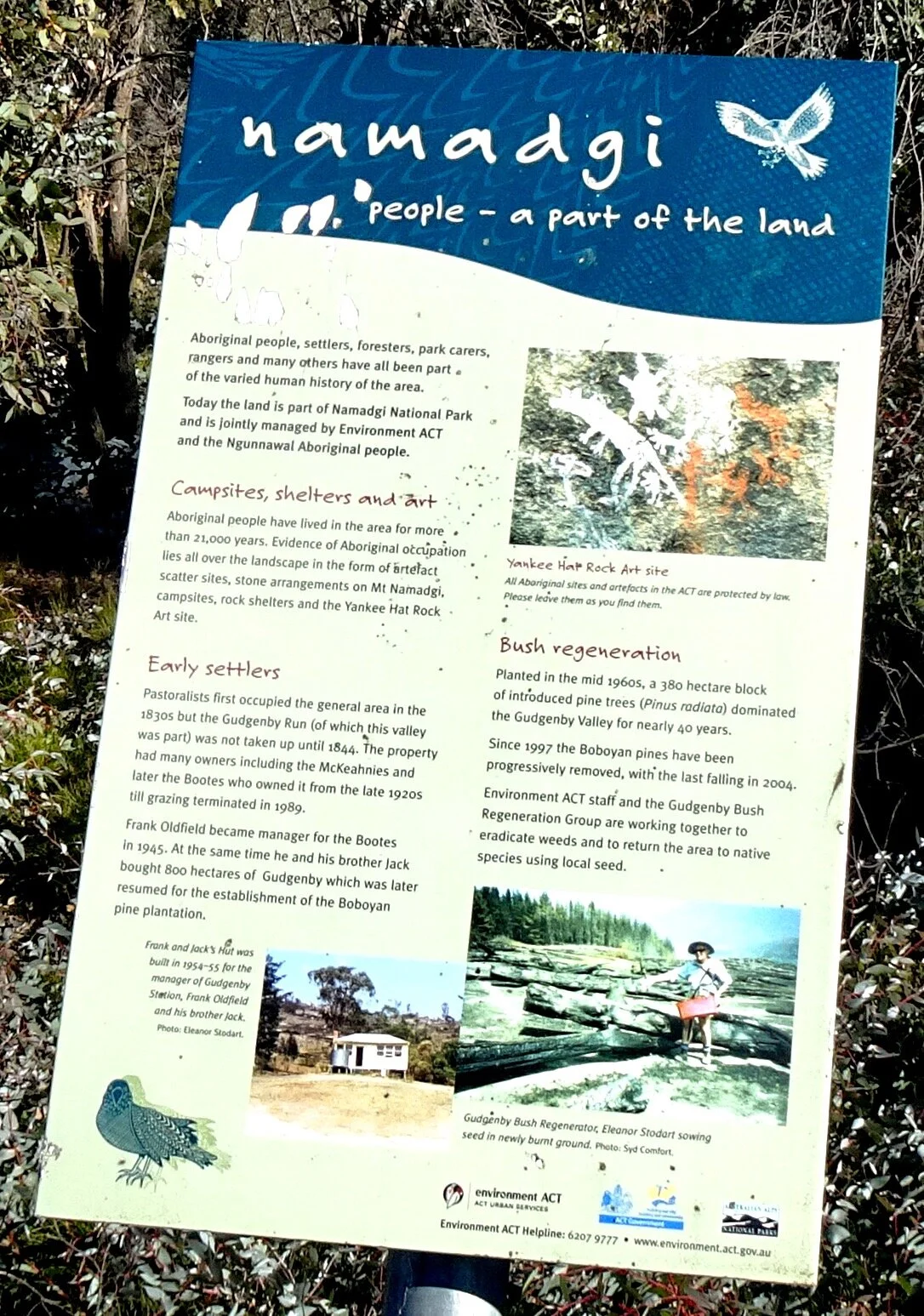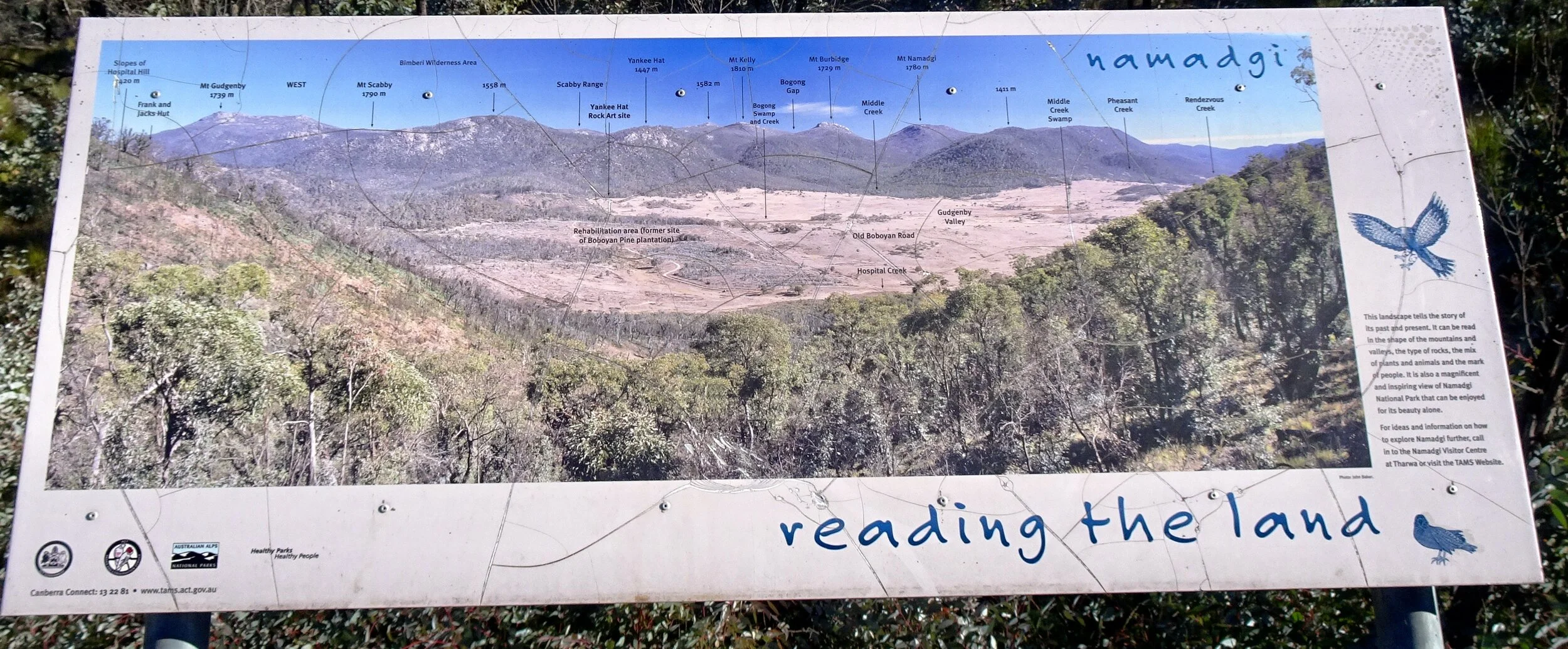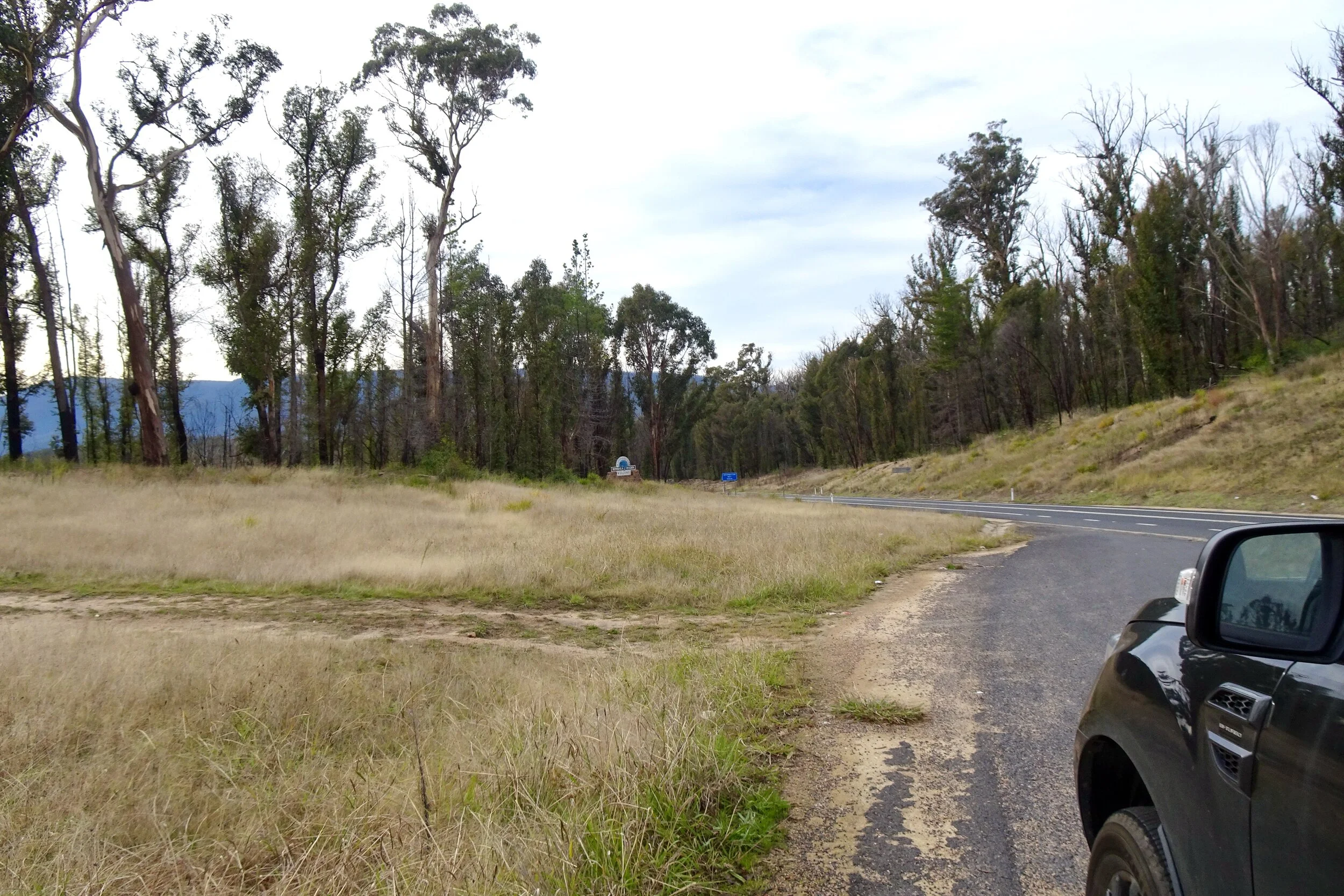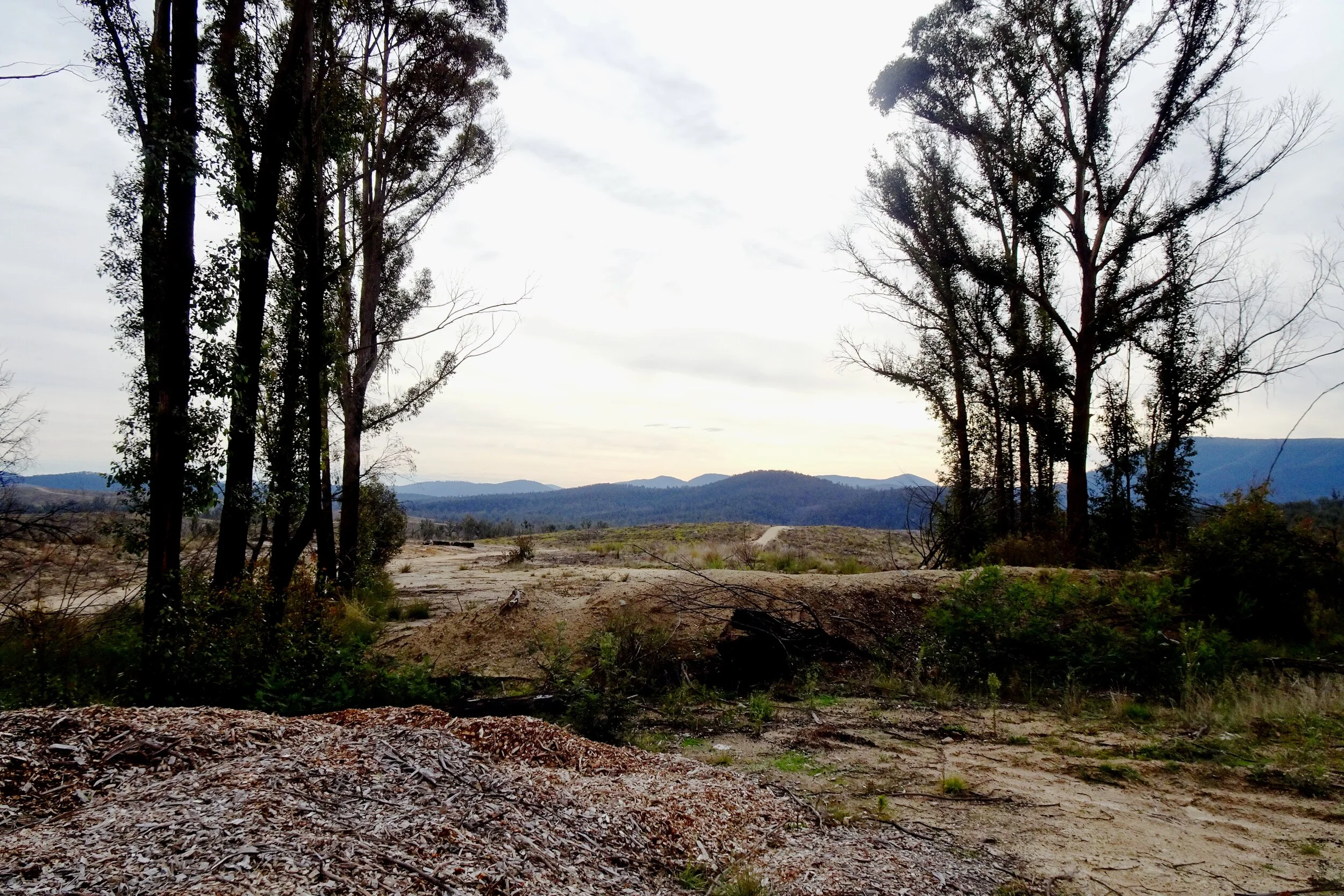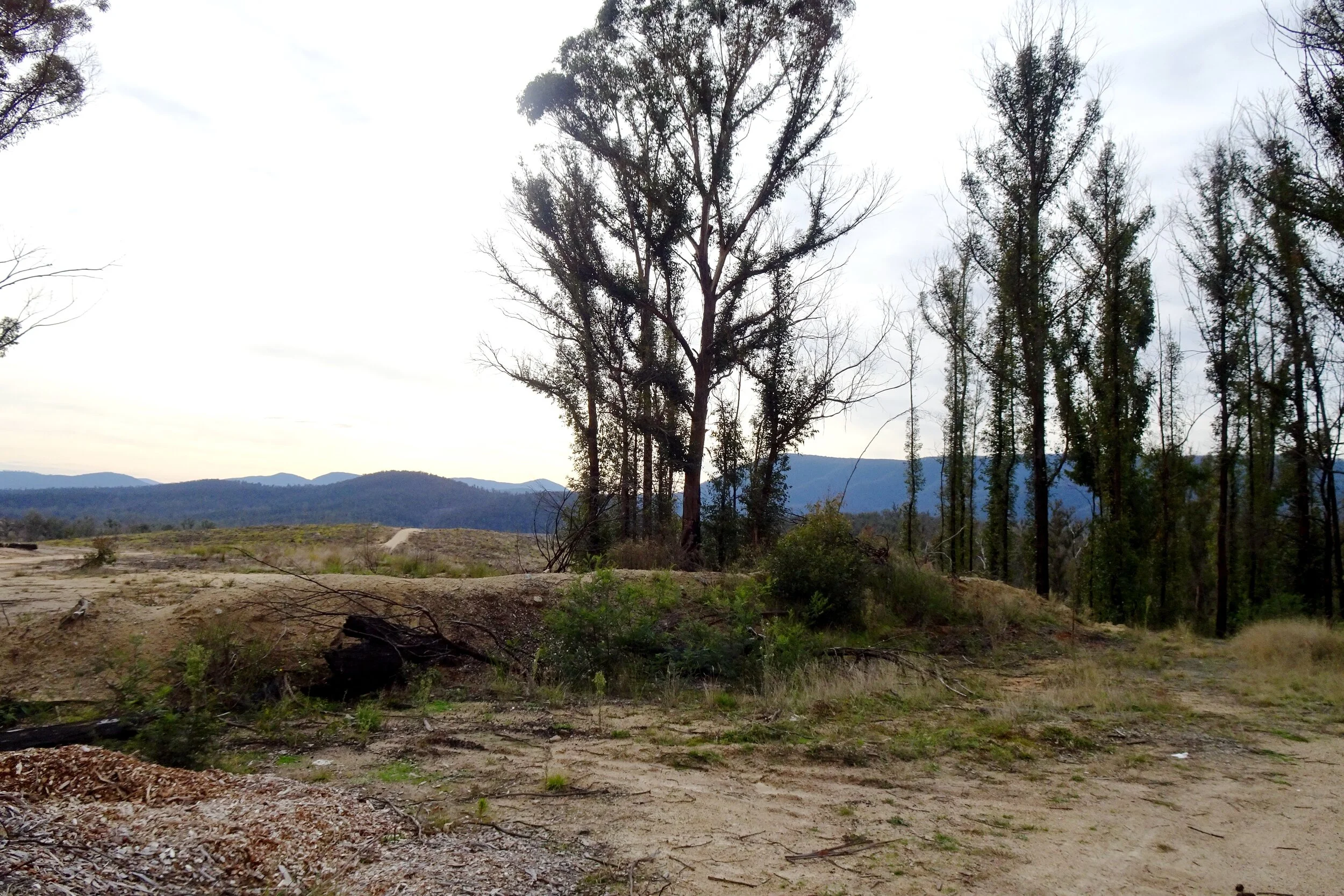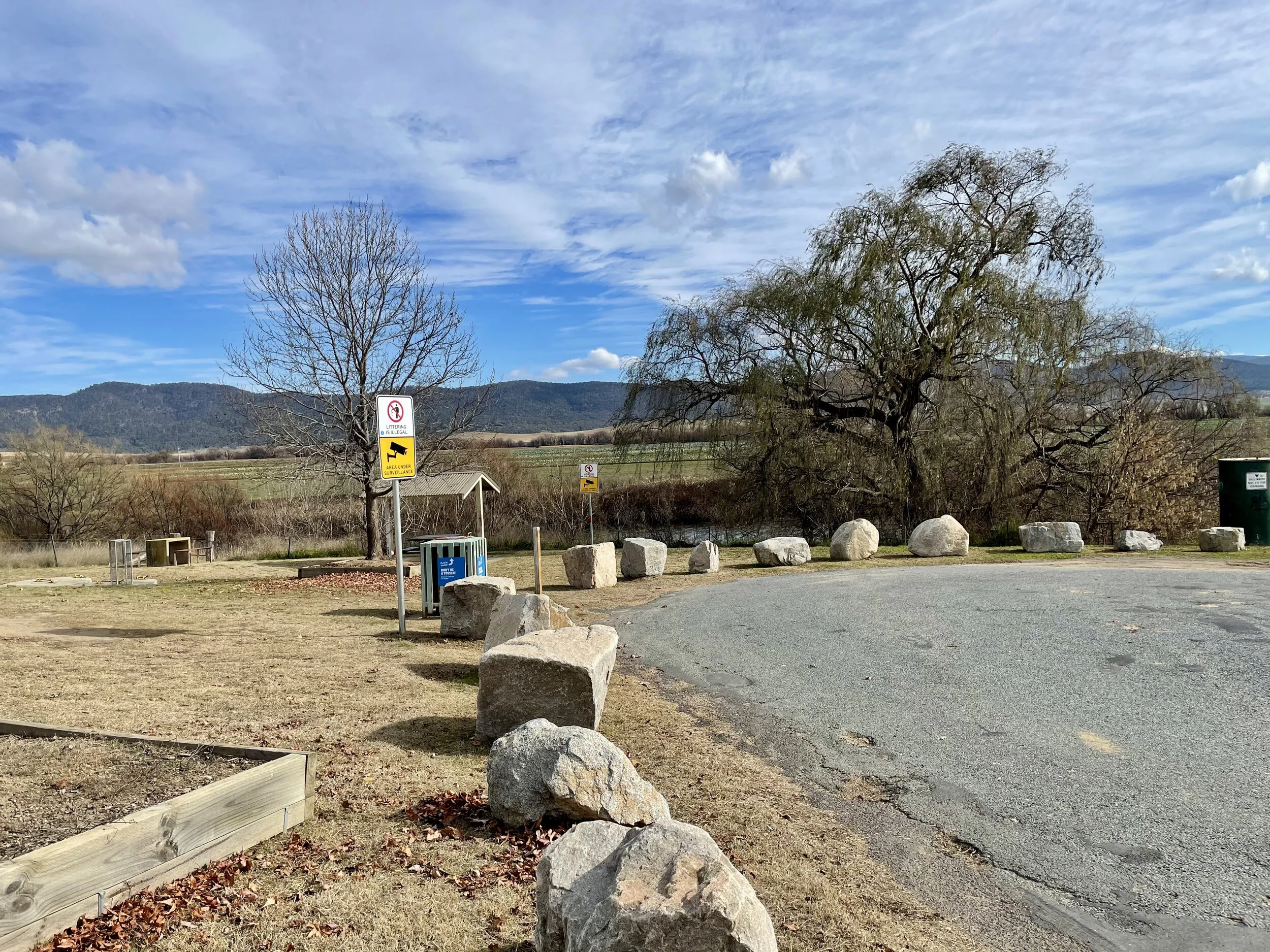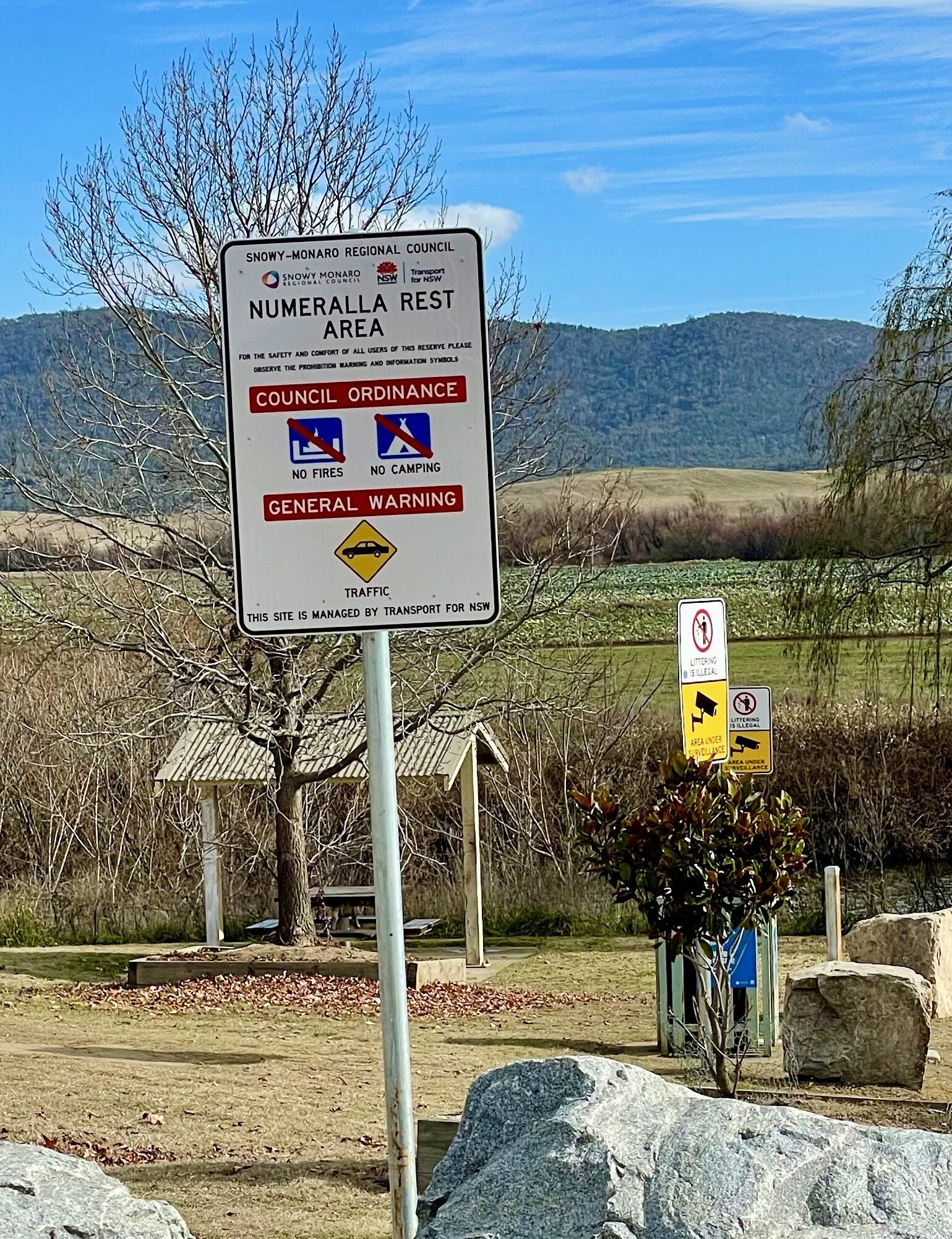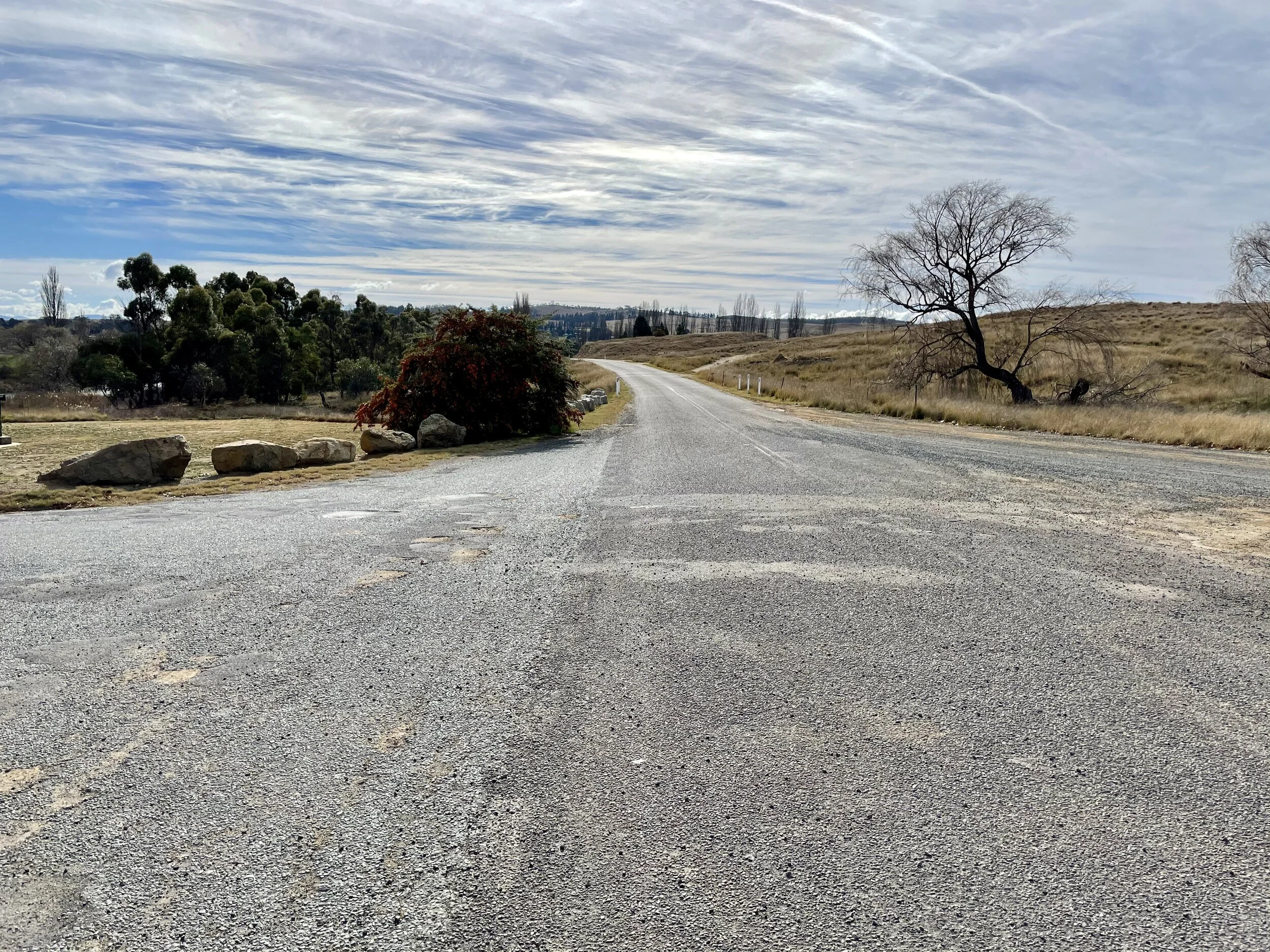I awoke and remained in bed, having gotten to bed pretty early the previous night, but not quite ready to arise at whatever o’clock it was (it was about 5 am), and decided to roll over and try to sleep or watch some YouTube or something.
Eventually I dragged myself out of bed into the quite cold space of the guest house. The fire had gone out I'd messed up the air intake on the fire; closed it a little bit too much down it seemed, leaving a bit of an unburnt log within. However the small oil-filled bar heater was only just keeping back the worst of the cold.
The previous night I had already tidied away everything I could. I have a separate dirty clothes bag to my clean bag, so that was waiting near the door for my PJs to go in before being chucked in the back of my ute. I'd boxed up my snacks container that contained snacks, biscuits, tea, sugar, my mug and emergency trangia as well. My remaining clean clothes were in my Big Bull roll-up bag.
Quickly dressing and re-packing everything I made ready to leave, getting my bags and other stuff out into my ute I firstly marvelled at the frost that was on my ute’s tray, and then realised the large amount of frost on my ute's windscreen would actually need melting before I left.
Starting my ute I sat with the windscreen de-mister / heater on full power for more than 10 minutes as I waited for the frost to melt to enough depart. According to my ute it was -3º outside.
I think this might be the coldest I’ve begun to drive in.
When I was in Tasmania it definitely got cold enough to snow while I was driving, but not so still and cold.
It certainly felt quite cold as I waited for things to start to defrost.
Then after enough time had passed to warm the vehicle enough to get the wipers to free the frost I departed.
Within Canberra it wasn’t too bad, I’m not sure if that’s what passes for peak hour, but none of the traffic had gotten to a stop, or stop start sort of position, all of the traffic was moving pretty well.
I had to get from Beltana Road, Pialligo to the start of the Barton Highway in Lyneham.
The route (the same as I took to get to the AirBnB on Monday) was Fairbairne Avenue, past the War Memorial and onto Limestone Avenue, along that past some nice examples of Australian inner-surburbia architecture and then left at Wakefield Avenue. Crossing the tram tracks onto Northbourne Avenue and then north up to the Barton Highway.
Then it was just a case of following the Barton Highway all the way until it met the Hume Freeway.
However, leaving Canberra on the Barton Highway I encountered one of the least comfortable conditions to drive in; fog. Thick fog.
Can’t really do anything about fog, and especially on the Barton Highway which is undergoing upgrade, so there’s very few safe places to pull over.
And really unlike really heavy rain, which you can pull over and wait for it to pass (I have done so in the past when I’ve not felt safe), fog isn't going to disappear quickly, unless there's a breeze or a sudden burst of sunshine to get it moving, and there was not a lot of either this morning.
As got further along the Barton, thankfully the fog did start to lift.
And once the Barton became a separated road with a median strip it had pretty much entirely lifted.
Entering onto the Hume I stayed on it for long enough to get to Yass, where I stopped at the McDonald’s in Yass for breakfast.
A little over 180 kilometres later I stopped at the Little Billabong Rest Area, to pee and have a little bit of a walk and stretch. Without having taken photos and it being geotagged I’m not sure if I’d actually be able to say where it was that I stopped.
I had decided that I would not be driving to the end of the Hume Freeway, and would not be using the Western Ring Road to come home. Given the experience of my last return from Canberra and my general dislike for the Western Ring Road I elected instead for the B300, the Melba Highway and other related roads.
The B300 is rougher, I think it’s gotten worse since the last time I drove on it. It is a much more visually interesting drive however, going through townships, past paddocks, abandoned farm houses. Driving past bodies of water, and changes of elevation.
I stopped at Bonnie Doon, mostly as I was stuck behind someone doing just under the speed limit, although not quite enough to overtake safely.
I took some photos, stretched a little bit and had a bit of a snack and a little drink of water before returning to the drive home.
On the Maroondah Highway, approaching Ringwood was the only place were the traffic got really heavy, which was surprising as I didn’t think it was quite peak hour time just yet at around 4:00 pm ish.
If you're on the Maroondah Highway heading for EastLink at the turn off for the Ringwood Bypass stay in the left-most right turning lane when you're turning on and stay in that lane. Otherwise you'll have to get from other lanes into that to get onto EastLink, in heavy traffic that's going to be more tricky.
My day finished, at home, having left Canberra decently well rested, I hadn't needed to take any power nap breaks like the last time. Yes, I was tired after the drive, but not as much as I had been the last time. And especially so, that I hadn't needed to contend with the Western Ring Road, and associated roads in the midst of peak hour upon my return.
